Search Results by Category
 AI Navigator
AI NavigatorAll information related to {{ key_word }}.
AI Navigation will guide you. Click here for information about {{ key_word }}.
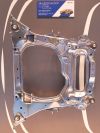 4
4
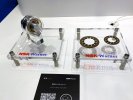 4
4
 3
3
 4
4
 5
5
 3
3
 1
1
 1
1
 4
4
 6
6
1 - 20 of 23 results
UN Regulations
D-HM to the latest. -Update references in R.E.3, changing footnote reference in Annex 15 from R.E.3 to M.R.1 Addendum 6. 10 AgreementregardingUN/ECEregulation 16 10 2024/118 2025/7/14 2025/6/17 Safety Belts The R16 was split into three parts and a part of the seat belt and restraint system (component) being woven as 10 series of amendment of R16 11 AgreementregardingUN/ECEregulation 17 11 S1 2024/125 2025/7/14 2025/6/17 Seats -Update refe...
Regulations Updated at: 2025/11/25
Fuel Economy/CO2 - USA Federal (LDV 2027MY~)
nsumption requirements, for light, medium and heavy duty vehicles. This interpretative rule [12]], does not itself amend any of the fuel consumption requirements that are currently in force (please refer to the relevant sections below), but sets the regulatory context for a review of the standards. One of the main changes, with this new interpretation, is that the performance of hydrogen-powered and electric vehicles should not be considered when...
Regulations Updated at: 2025/09/24
Fuel Economy/CO2 - USA Federal
ese provisions, the estimated average fuel consumption (CAFE) requirements for years 2020 to 2026 would be 43.7 mpg for passenger cars and 31.3 mpg for light duty trucks. Part of the provisions contained in the SAFE proposal were issued as a final rule in September 2019 [22], this action, entitled "One National Program Rule", established that fuel economy and GHG emissions national programmes preempt any local and State initiative in this area. T...
Regulations Updated at: 2025/09/24
Fuel Economy/CO2 - EU
2019/986 [34], were repealed by regulation 2019/631 on 1 January 2020; all the information in this section is up to date as reported in regulation 2019/631 and its amendments [11]. Regulation 2019/631 is amended by regulation 2020/22 [22], published in January 2020; this modifies the definition of one of the terms in the equation for calculating a manufacturer's specific emissions target for years 2021 to 2024 (equation 7 below), to take into ac...
Regulations Updated at: 2025/08/27
Emission Standards - EU Euro 7-2
for type approval with regards to emissions; a summary of all the tests that have to be carried out to obtain type approval is presented for all vehicles and powertrain types at the beginning of this Annex [2] . Requirements for PI and CI engines vehicles, including hybrids, vehicles operated with one fuel or bi-fuel vehicles and electric vehicles are all covered. Pure electric and hydrogen fuel cell vehicles require testing for determining elec...
Regulations Updated at: 2025/08/07
EU – Euro 7-1
[3]. The main elements of the proposal issued in November 2022 are included in the Historical Data section, at the end of the page. Small volume manufacturers Within the context of the regulation, a "small volume manufacturer" is a manufacturer that is responsible for the production of less than one of the following amounts of vehicles to be registered in the EU each calendar year, in the different categories: 10,000 new category M1 vehicles ...
Regulations Updated at: 2025/08/07
Trends on Harmonization of Vehicle Standards at UN
EU Directive 6-2 EU Legislation 6-3 Categories of EU Directives on Vehicles Appendix Overview There are no established global standards at the present time on safety and environmental protection for motor vehicles, unlike for ocean vessels and aircraft. However, motor vehicles and their components have increased their circulation on the world market as internationally traded products recently. At the same time, it has become increasingly ...
Regulations Updated at: 2025/04/25
Emission Standards - U.S. Federal Passenger Cars & Light Duty Trucks -2
ia State Passenger Cars & Light Duty Trucks (LDV/MDV 2026MY~). Testing over the FTP at -7°C will be required as part of compliance for some of the provisions, details of the different tests that will need to be carried out are also included in the content. Information on all the test cycles mentioned in this page is contained in the Test Procedures section of US Federal - Passenger Cars & LDT -1, which also contains the relevant references, wi...
Regulations Updated at: 2025/02/06
Fuel Economy / CO2 - China
for the manufacturer and Vi is the annual production or import volume of vehicle type i . T CAFC = ∑ i=1 n T i · V i ∑ i=1 n V i (A6) where Ti is the fuel consumption target of vehicle type i, calculated as outlined above. The multiplier Wi has a value higher than one for battery electric, fuel cell and OVC hybrid passenger cars and for passenger cars with fuel consumption of vehicle type values not higher than ...
Regulations Updated at: 2025/01/23
Emission Standards - California State Passenger Cars & Light Duty Trucks (LDV/MDV 2026MY~)
ZEV Requirement. In this case, for MY 2026, for example, the 2026 model year Annual ZEV Requirement for the manufacturer is determined using the California production volume of 2026 model year passenger cars and light duty trucks. However, once a manufacturer elects to use the same year method for one model year, it must continue to do so for the following MYs. For MY 2035 and after, the production volume for all manufacturers will be determined...
Regulations Updated at: 2024/12/13
Emission Standards - California State Passenger Cars & Light Duty Trucks
was phased in from 2015; please refer to California Code of Regulations, Title 13, Section1961.2 [1]. The LEV III SFTP requirements cover emissions of NMHC + NOx, CO and particulates. For the first two emissions categories (NMHC + NOx and CO) manufacturers have an option between following "stand alone" SFTP standards or using a composite of NMOG + NOx and CO limits for the two tests ( US06 and SC03). For NMOG + NOx emissions, under the "composit...
Regulations Updated at: 2024/12/13
Emission Standards - USA (Federal) Passenger Cars & Light Duty Trucks
his page. The new light duty emissions standards, that will be in place in the US from MY 2027, are detailed in a separate section: Emission Standards - U.S. Federal Passenger Cars & Light Duty Trucks (LDV/MDV 2027MY~). Tier 3 Standards Overview In March 2014 EPA finalised Tier 3 standards, one year after publishing its proposals for public comment. The new standards, which will be phased in between 2017 and 2020, are designed to be almos...
Regulations Updated at: 2024/12/13
Emission Standards - Turkey General
andards Light Duty Vehicles Passenger cars and light duty trucks are required to meet Euro 6 standards with effect from 1 January 2016 for new type approvals and 1 January 2017 for all vehicles [5] [6]. Prior to that, Euro 5 standards were applicable from 1 January 2010 for type approval and from one year later for all production [1] [3]. OBD is also applicable. Imports of used vehicles are banned [3]. Heavy Duty Vehicles Heavy Duty Vehicles ...
Regulations Updated at: 2024/12/13
Emission Standards - India Passenger Cars & Light Duty Trucks
or hybrid electric vehicles (HEV). Amendments 1 and 2 to AIS-137 Part 3 were issued in January 2020, these include requirements for the RDE test and for the extended documentation package to be submitted at type approval [15]. Additional amendments were published following the first two, the latest ones in July 2022. These additional amendments to AIS-137 Part 3 cover primarily updated testing provisions for vehicles powered by LPG, natural gas o...
Regulations Updated at: 2024/12/13
Emission Standards - EU Passenger Cars and Light Duty Trucks
es EA, EB and EC are added, for the introduction of Euro 6e requirements, as outlined in the following table. In the table, and in the following sections, a "small volume manufacturer" is defined as a manufacturer whose worldwide annual production is less than 10,000 units for the year prior to the one for which the type approval is granted [6]. Table 2: Euro 6 Implementation Stages [6] Type Approval Number Suffix Emissions Standard OBDStandard...
Regulations Updated at: 2024/12/13
Emission standard - China Heavy Duty Vehicles
eterioration factors are reported in the regulation [18]. Alternatively, assigned multiplicative deterioration factors may be used, these are the same as the Euro VI deterioration factors. Table 7: China VI Durability requirements [18] Vehicle Classification Durability requirement (whichever is sooner) N1, M1 & M2 200,000 km or five years N2, N3 (with max mass ≤ 18 t),M3 Class I, M3 Class II, M3 Class A and M3 Class B (with max mass ≤ 7...
Regulations Updated at: 2024/12/13
Emission Standards - China Passenger Cars & Light Duty Trucks
speed phase for 323 s [19]. Recording of emissions of the pollutants listed in Tables 1 and 2 as well as CO2 emissions is required at each speed phase. Special conditions apply for the testing of vehicles fuelled by LPG or NG or both by gasoline and gas. In particular, due to the changes in the components of LPG and NG available on the market, it is required that the fuel supply rate can adapt to these components. To prove the adaptability of the...
Regulations Updated at: 2024/12/13
Environmental Regulations - Brazil Passenger Cars & Light Duty Trucks
VE L8 emissions limits For the L8 stage of the programme, emissions limits are given as fleet average targets, increasing with stringency over time, as detailed in Table 2. The limits applicable from 2029 and 2031 might be revised in due course. Each vehicle configuration must be associated with one of the emissions categories reported in Table 3 and comply with the relevant emissions limits. Vehicles certified to the PROCONVE L8 standards...
Regulations Updated at: 2024/12/13
EU Vehicle Categories
f motor vehicles, 2018/858 [2], which came into effect on 1 September 2020. This regulation repealed and replaced directive 2007/46/EC [1] , which had originally established a framework for the type approval of motor vehicles. The available consolidated version of 2018/858 includes amendments from one regulation, 2021/1445 [2]; additional amendments to Regulation 2018/858 were published before the publication of Regulation 2021/1445, these are ...
Regulations Updated at: 2024/12/13
Fuel Economy/CO2 - USA (California State)
Trucks to 3,750lbs GVW LD Trucks (3,751 - 8,500 lbs GVW) and MDPV 2009 323 439 2010 301 420 2011 267 390 2012 233 361 2013 227 355 2014 222 350 2015 213 341 2016+ 205 332 For each model year, a manufacturer may choose to demonstrate compliance with the above fleet averages in one of two ways. The manufacturer may either count the total number of passenger cars, light-duty trucks, and medium-duty passenger vehicles produced ...
Regulations Updated at: 2024/12/13

 AI Navigator
AI Navigator




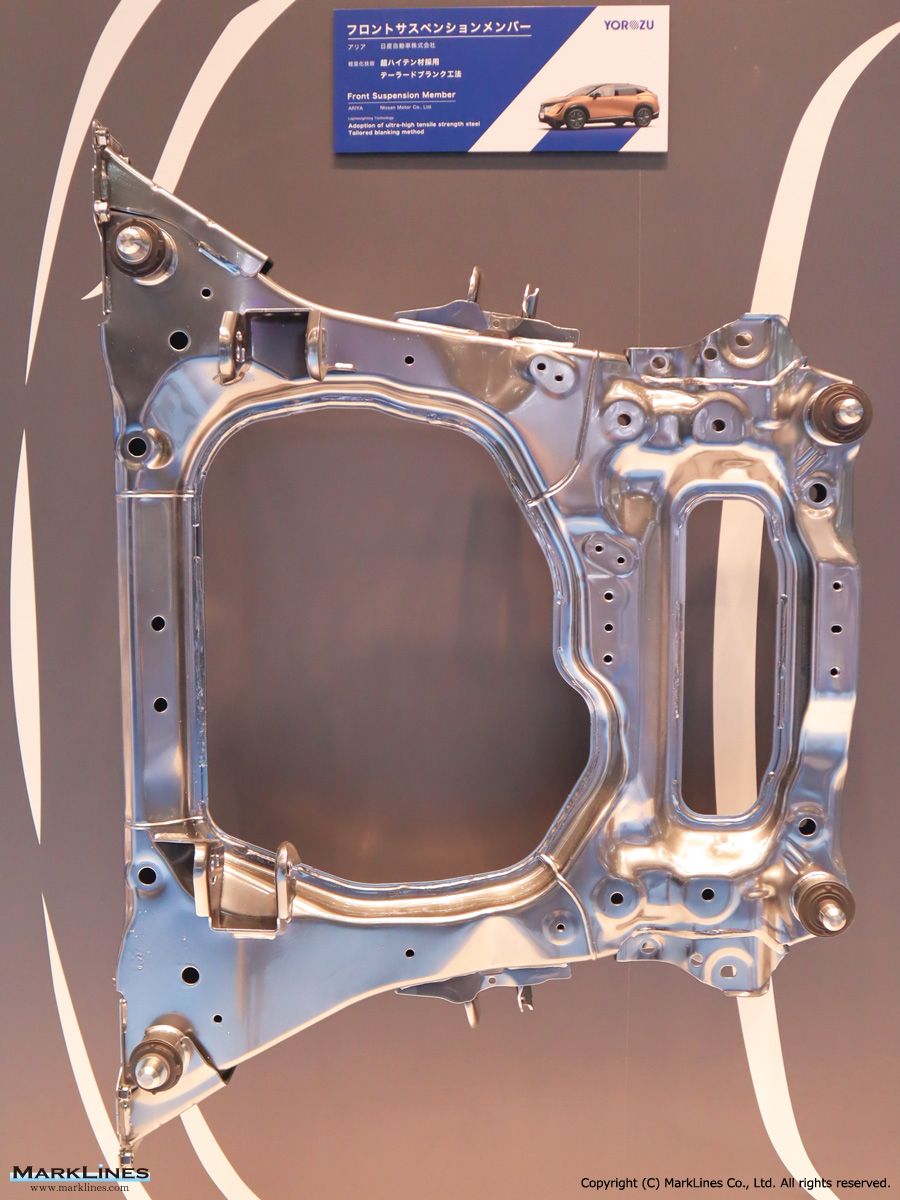

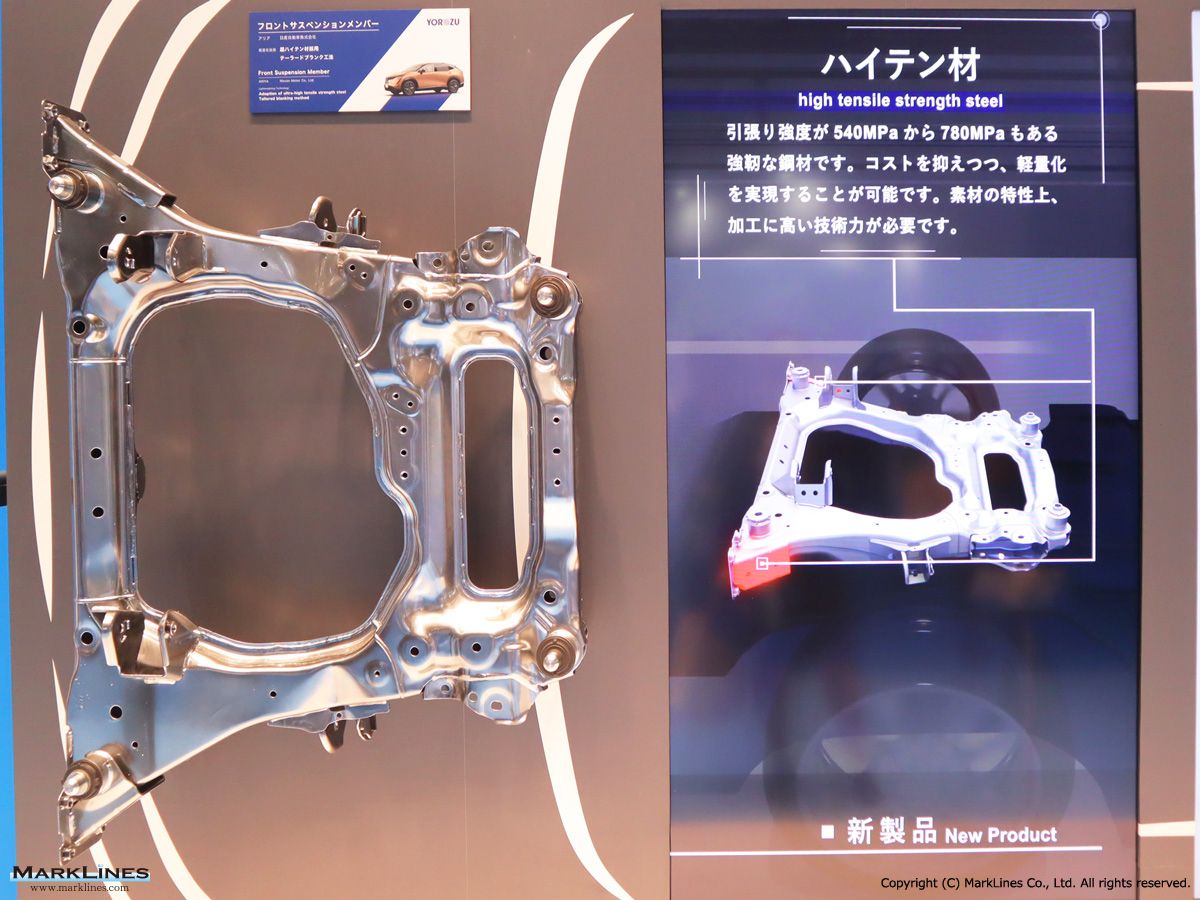
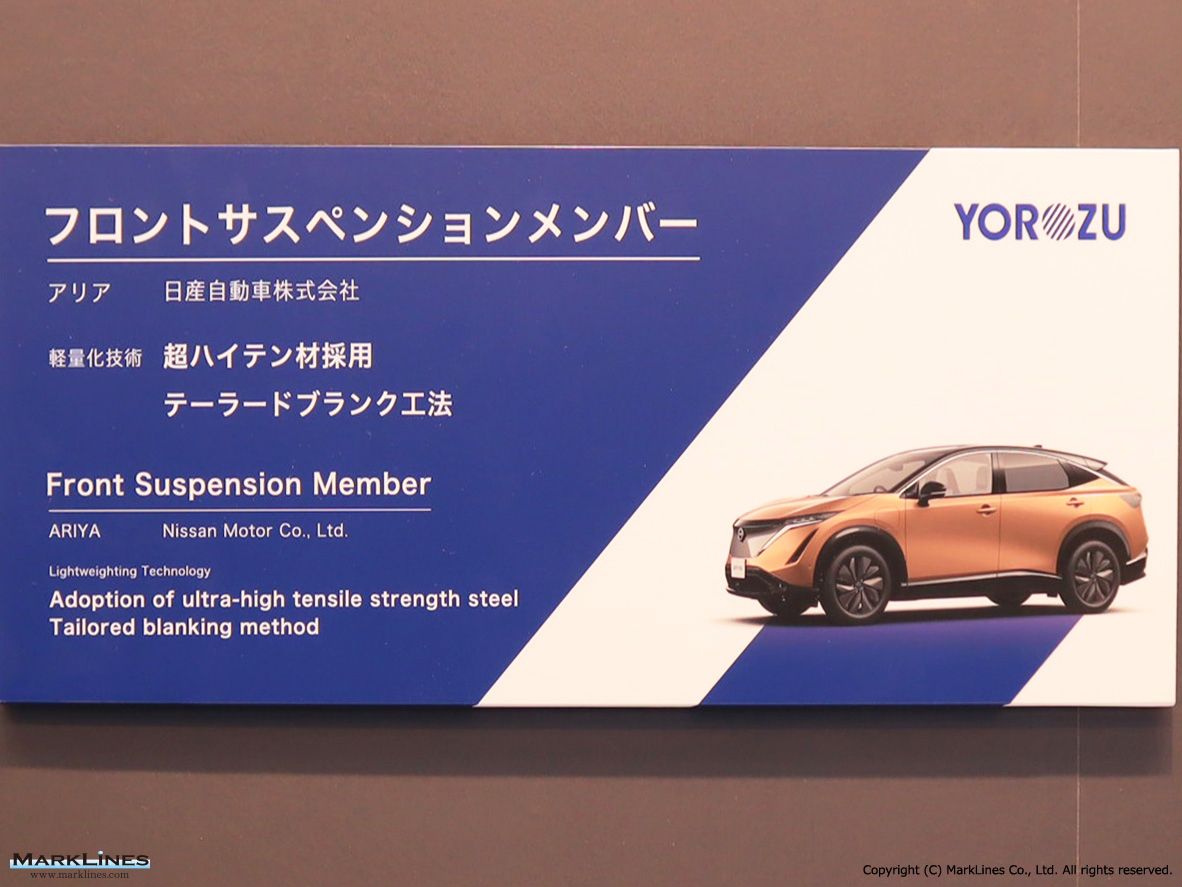

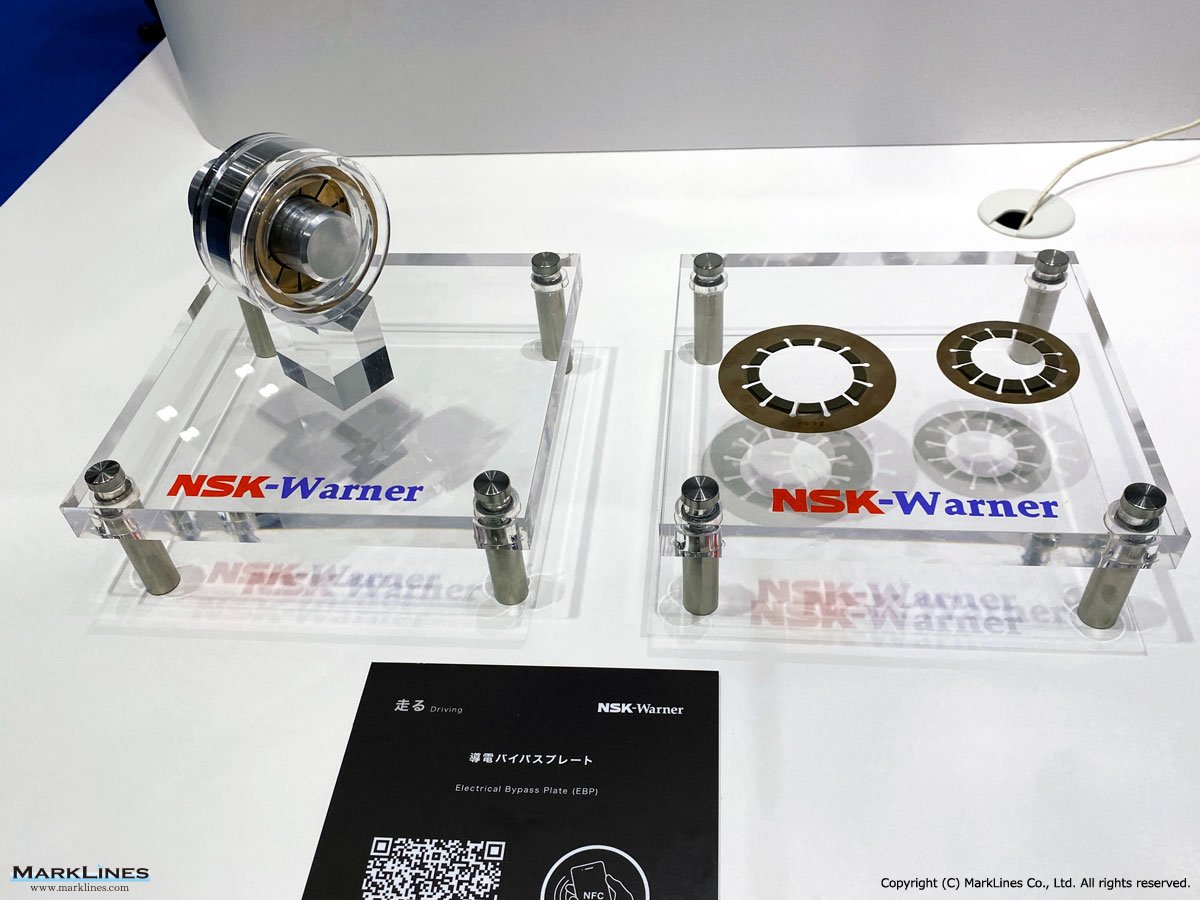
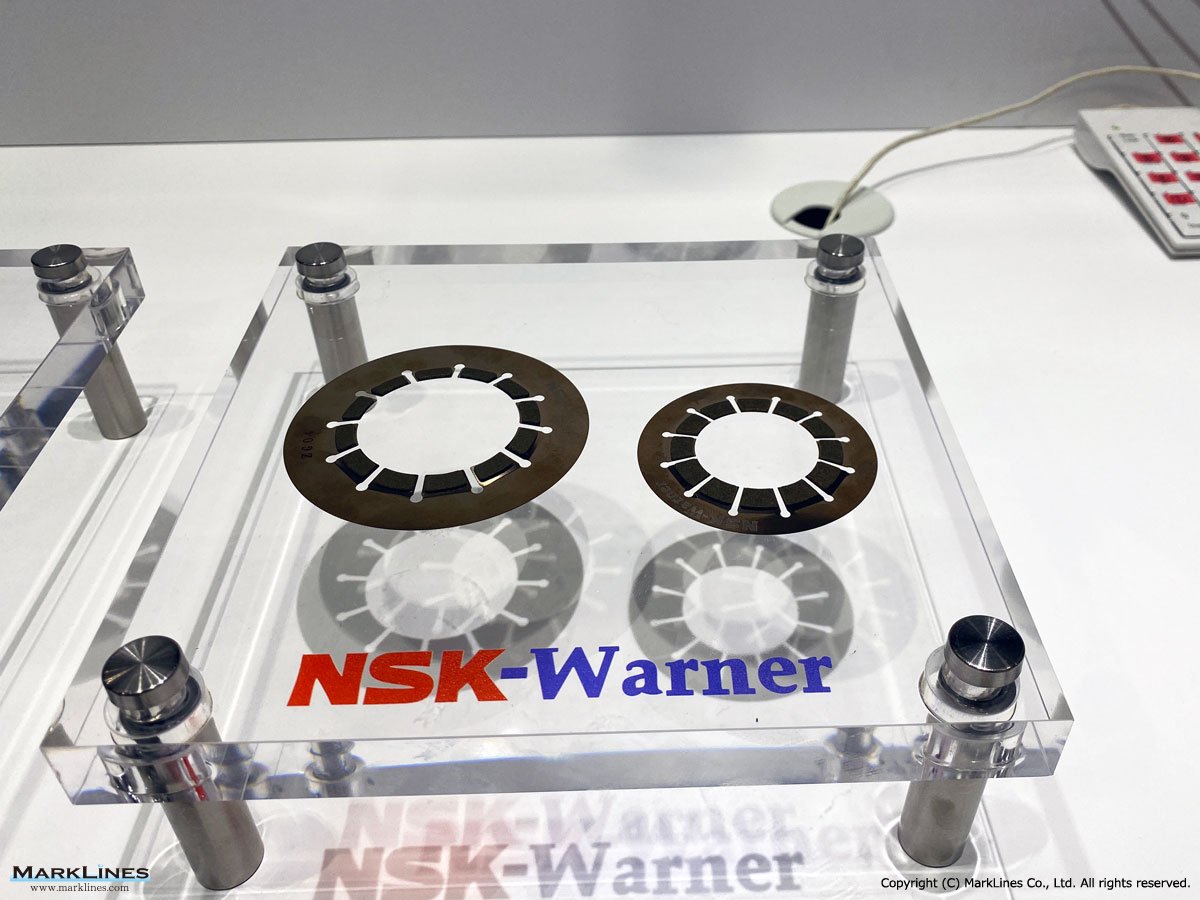
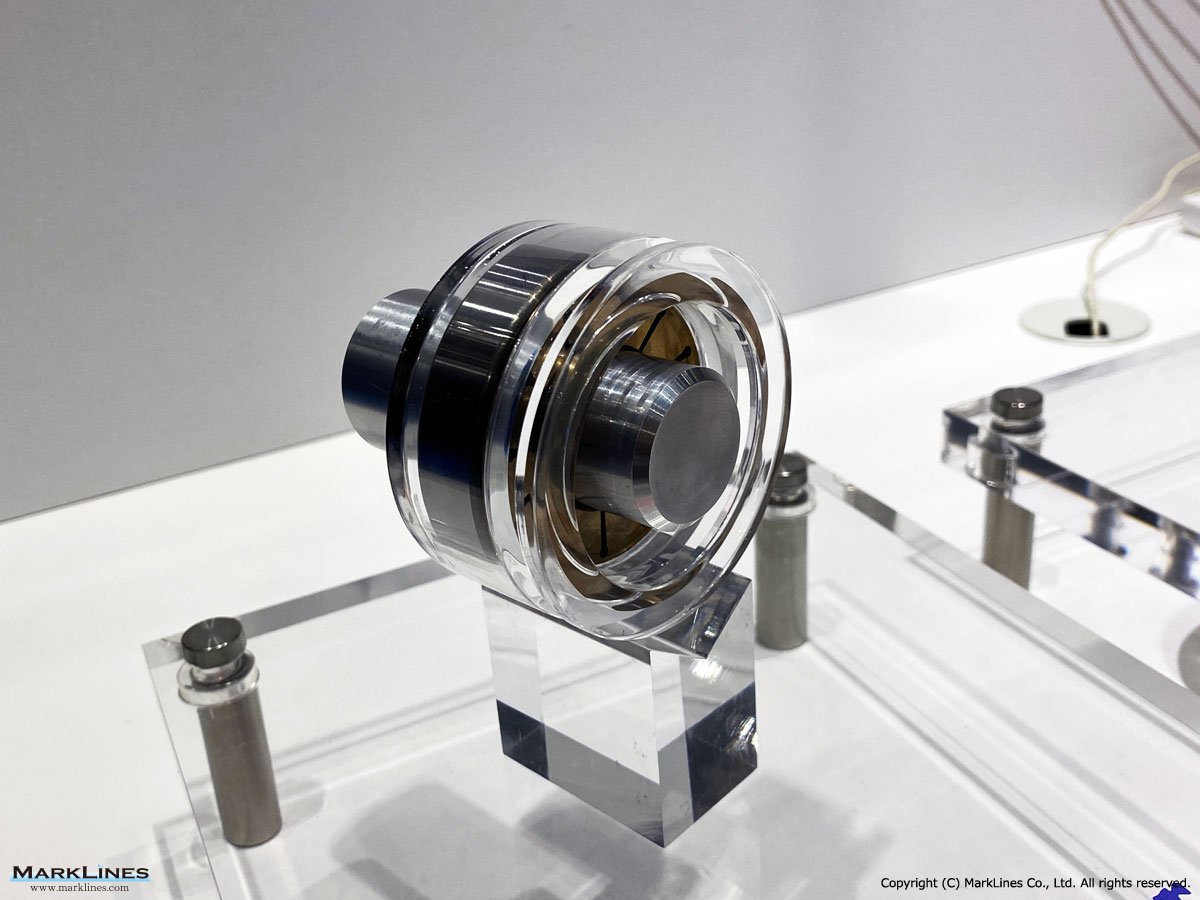
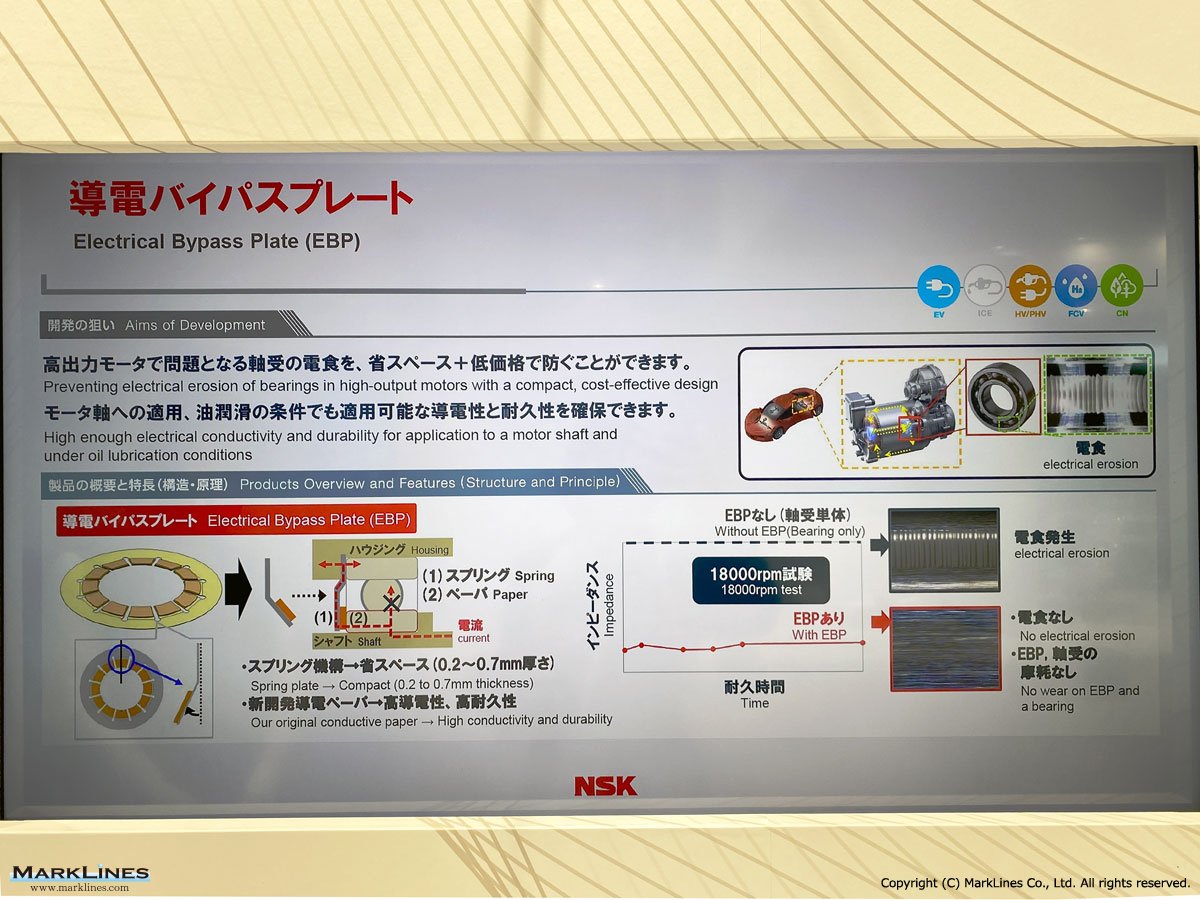
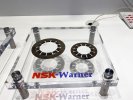

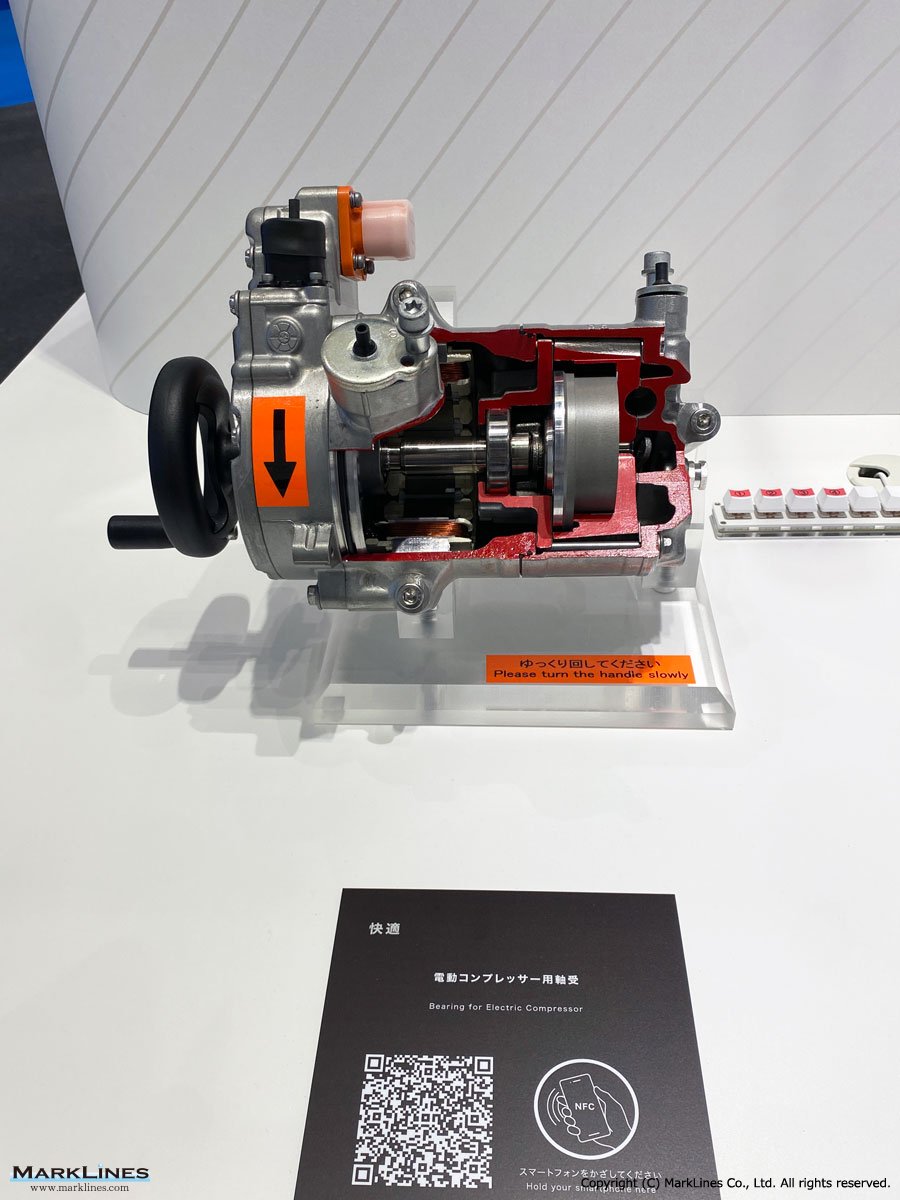
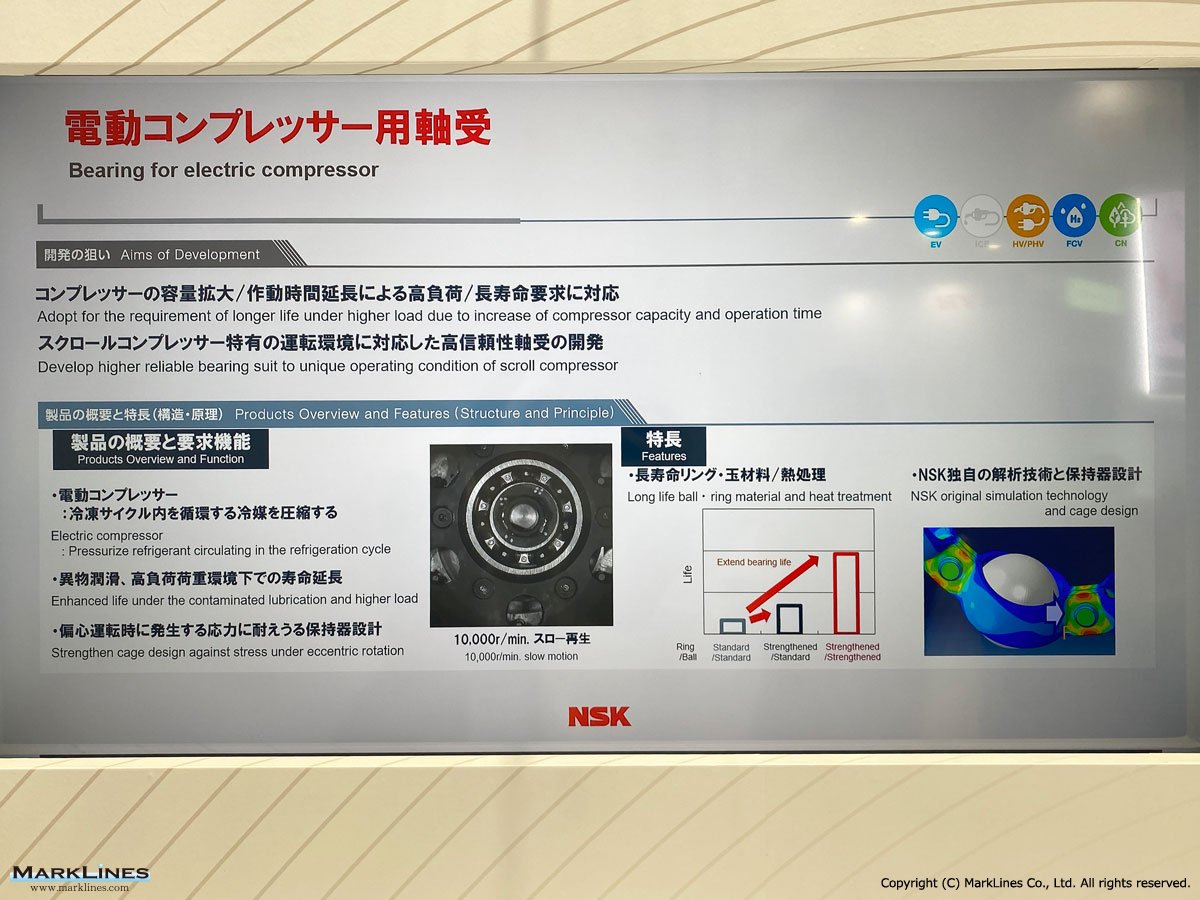
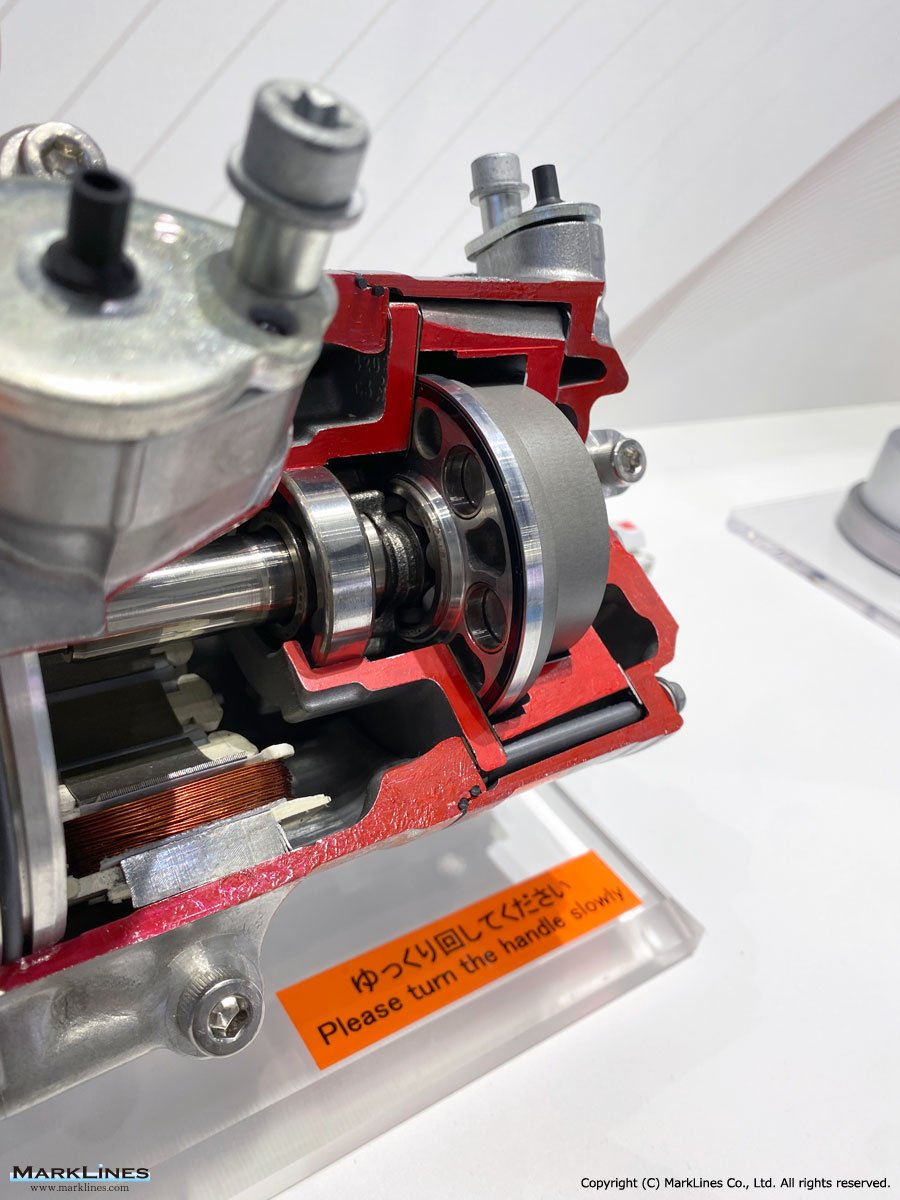

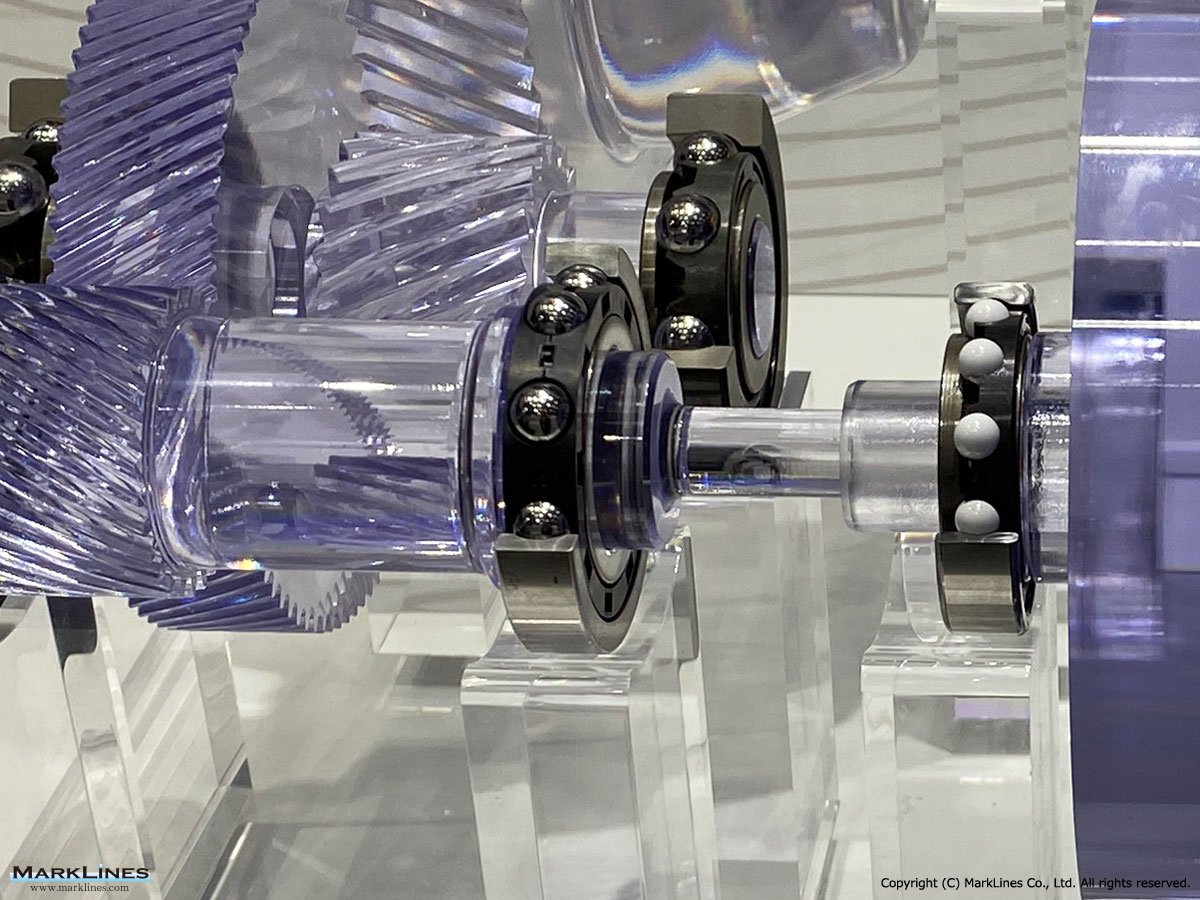
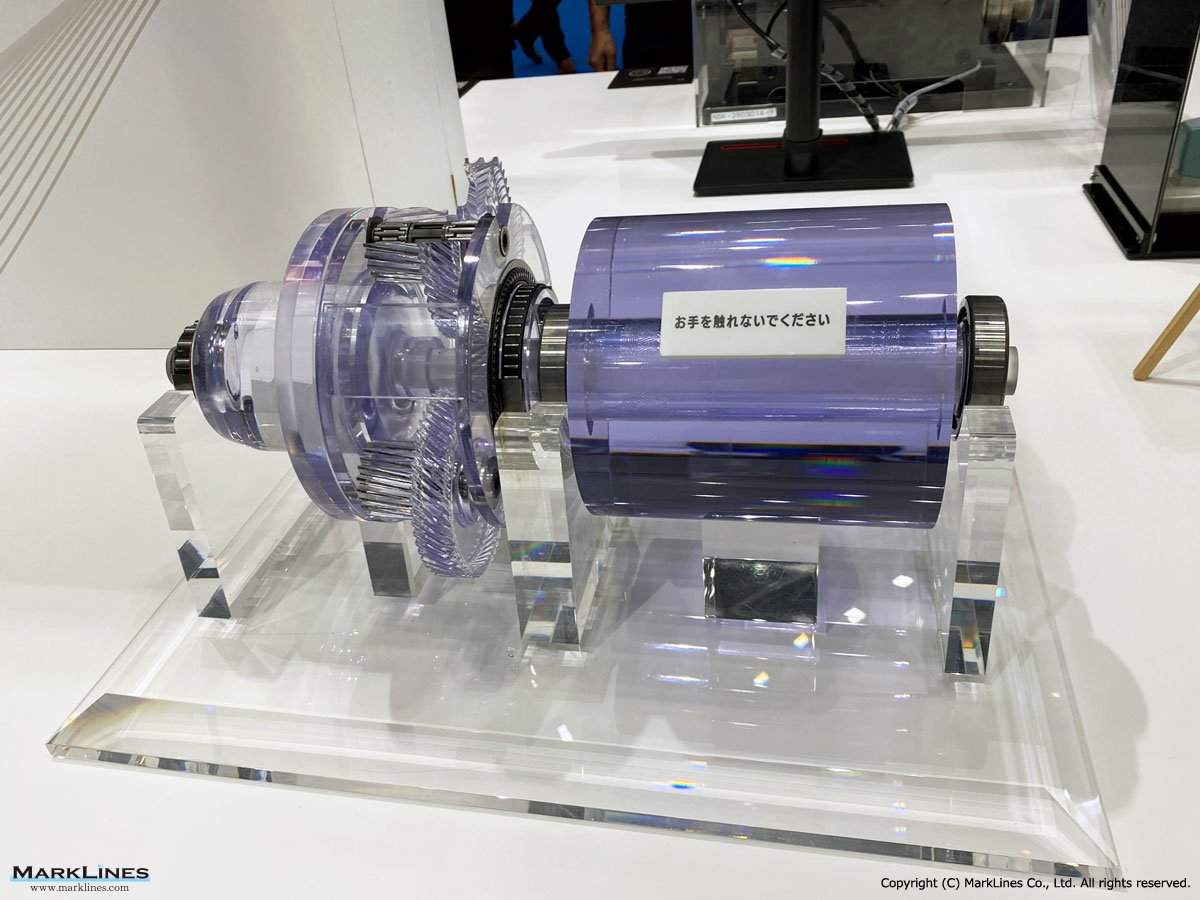
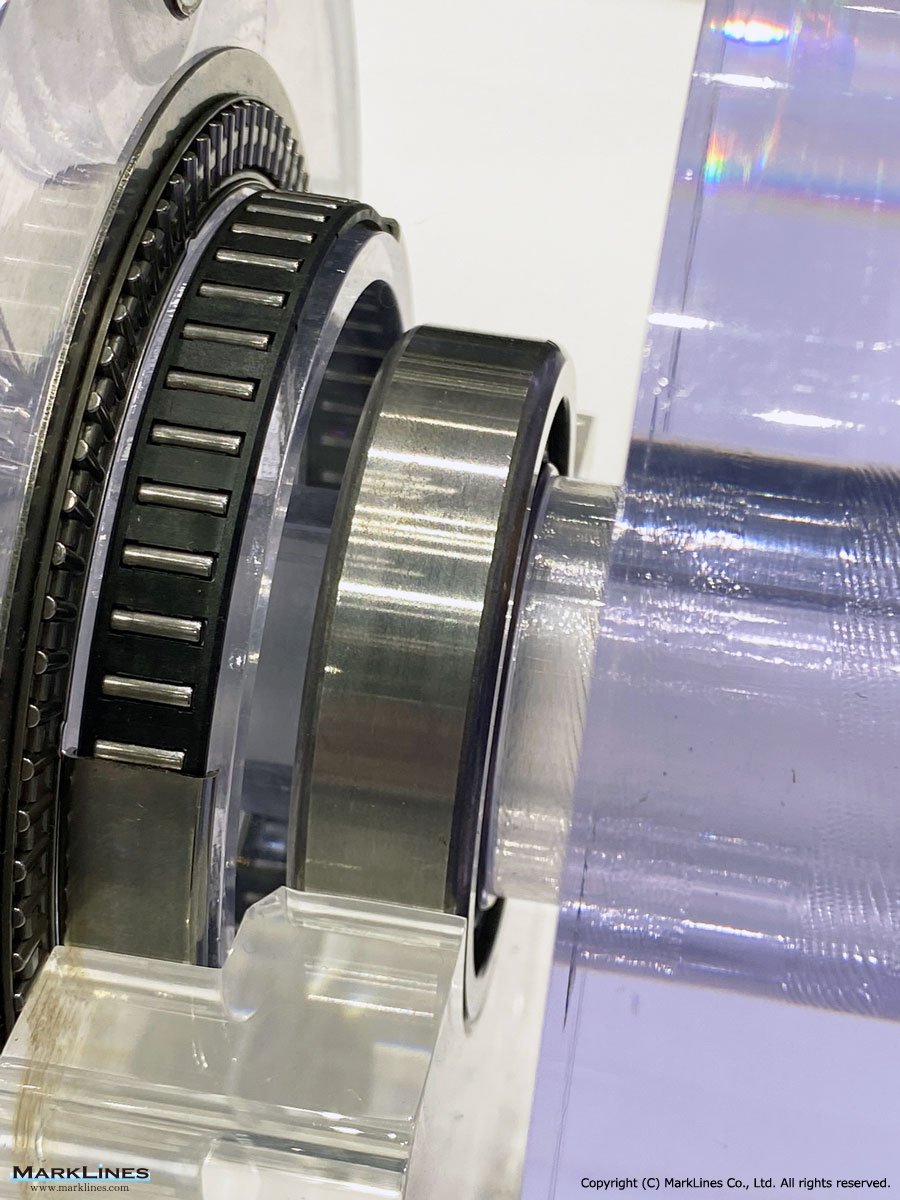
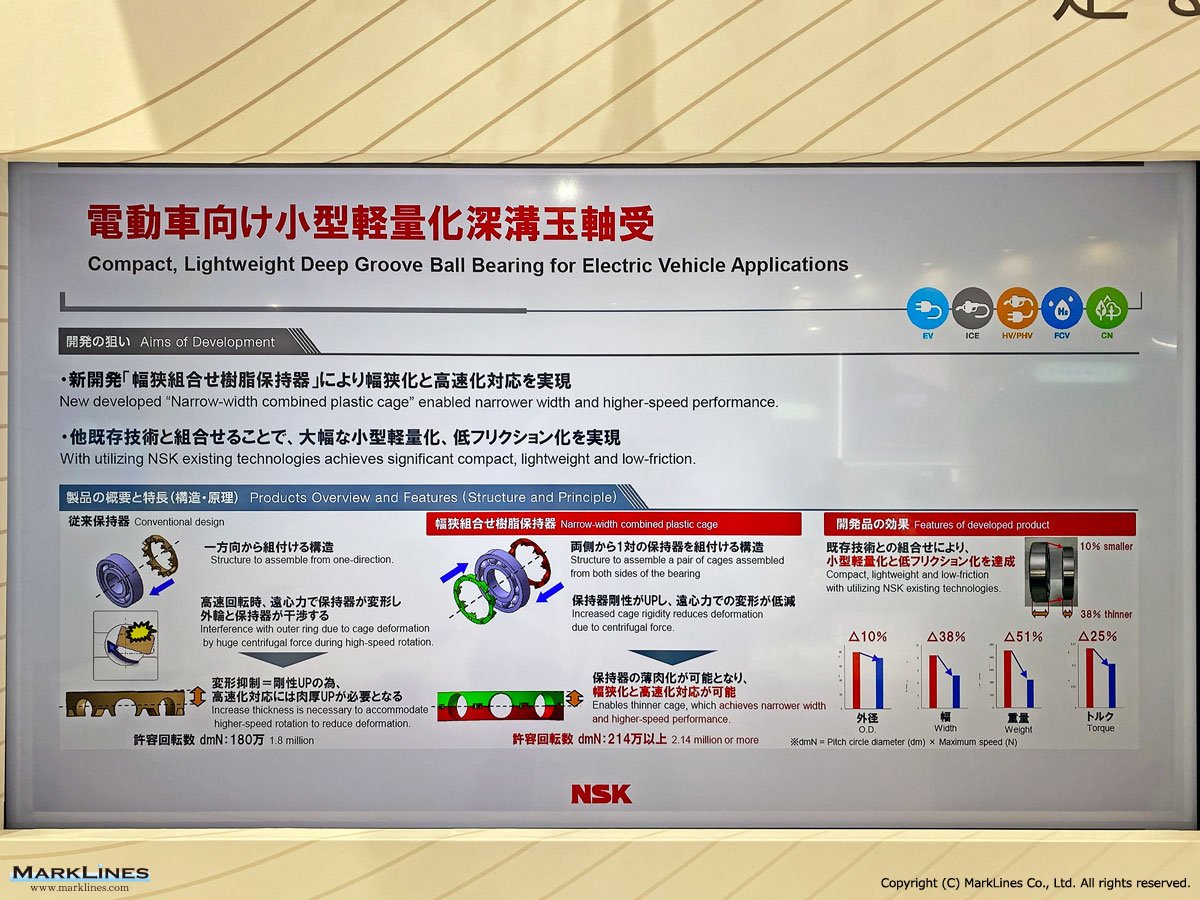


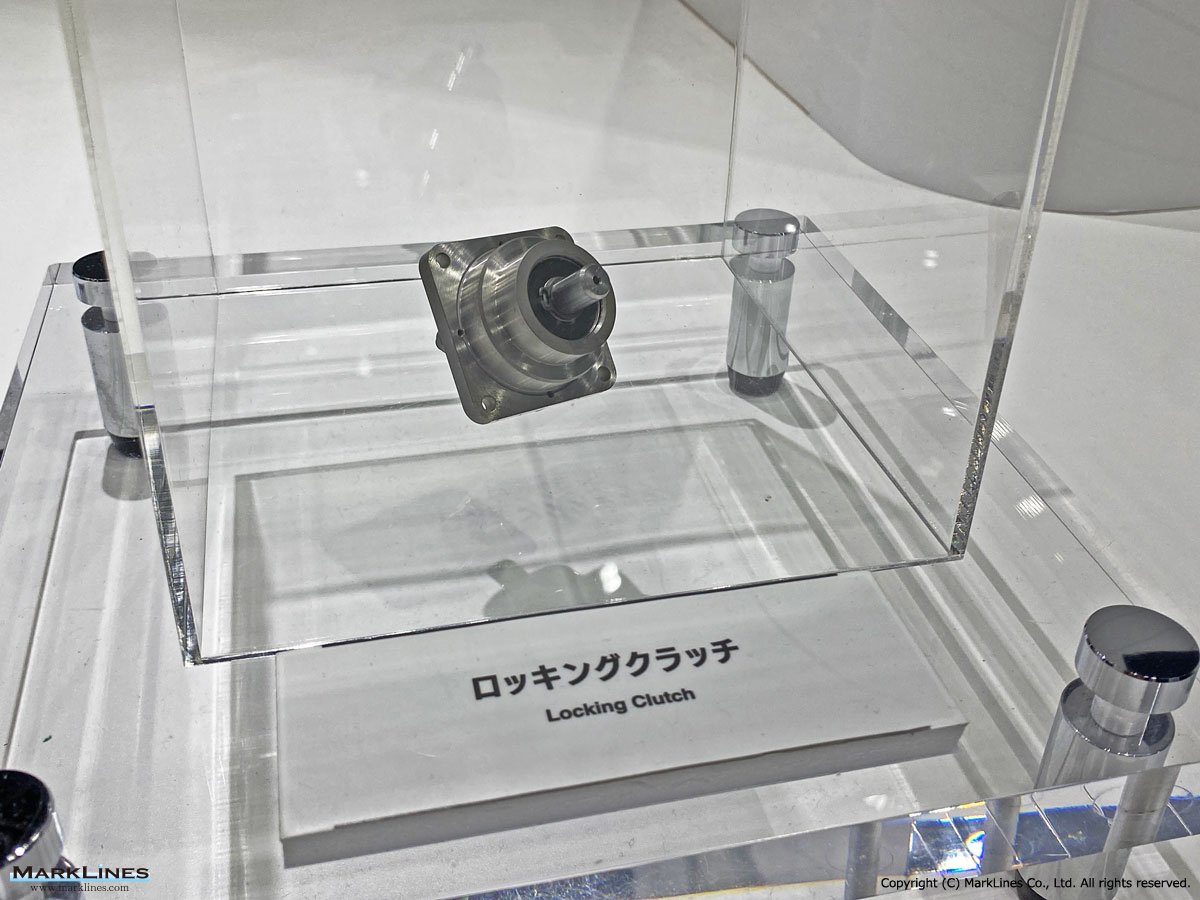
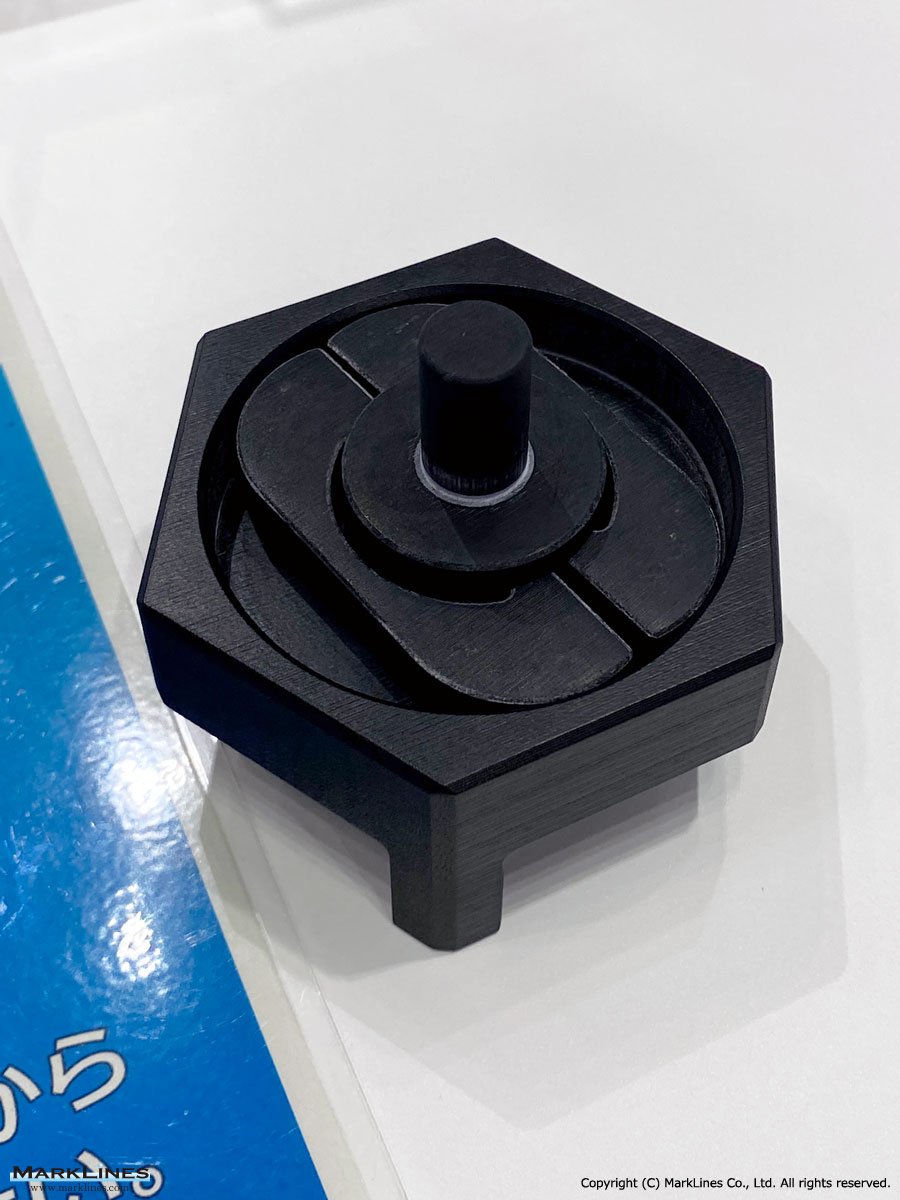

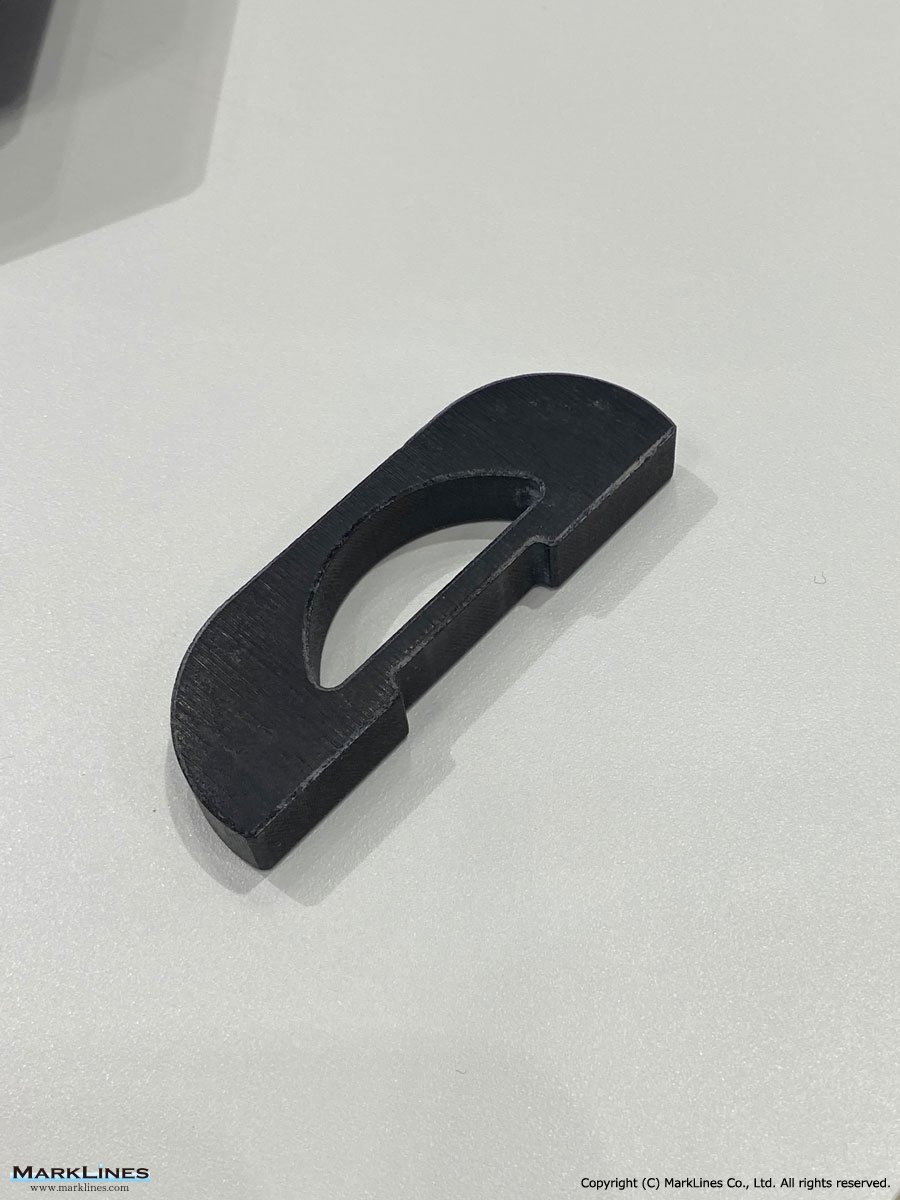
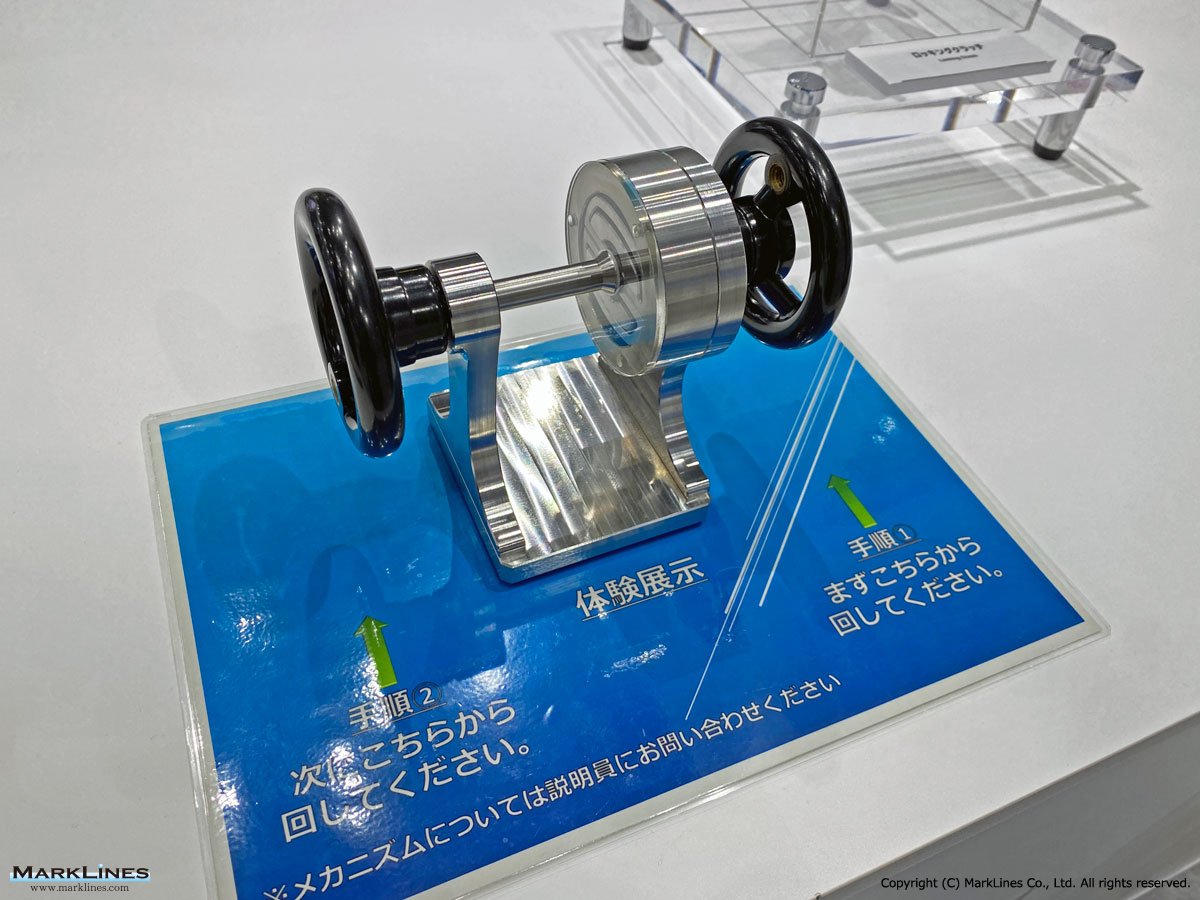




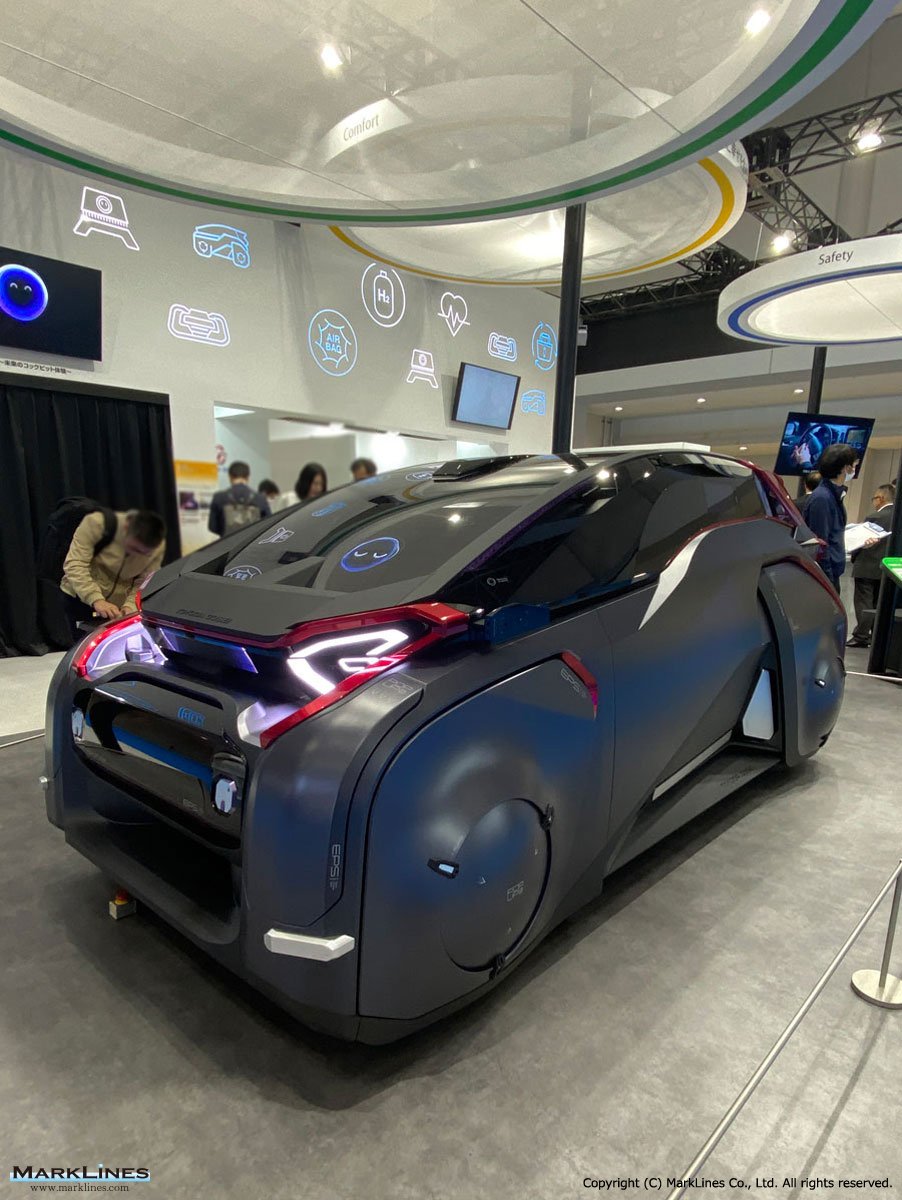
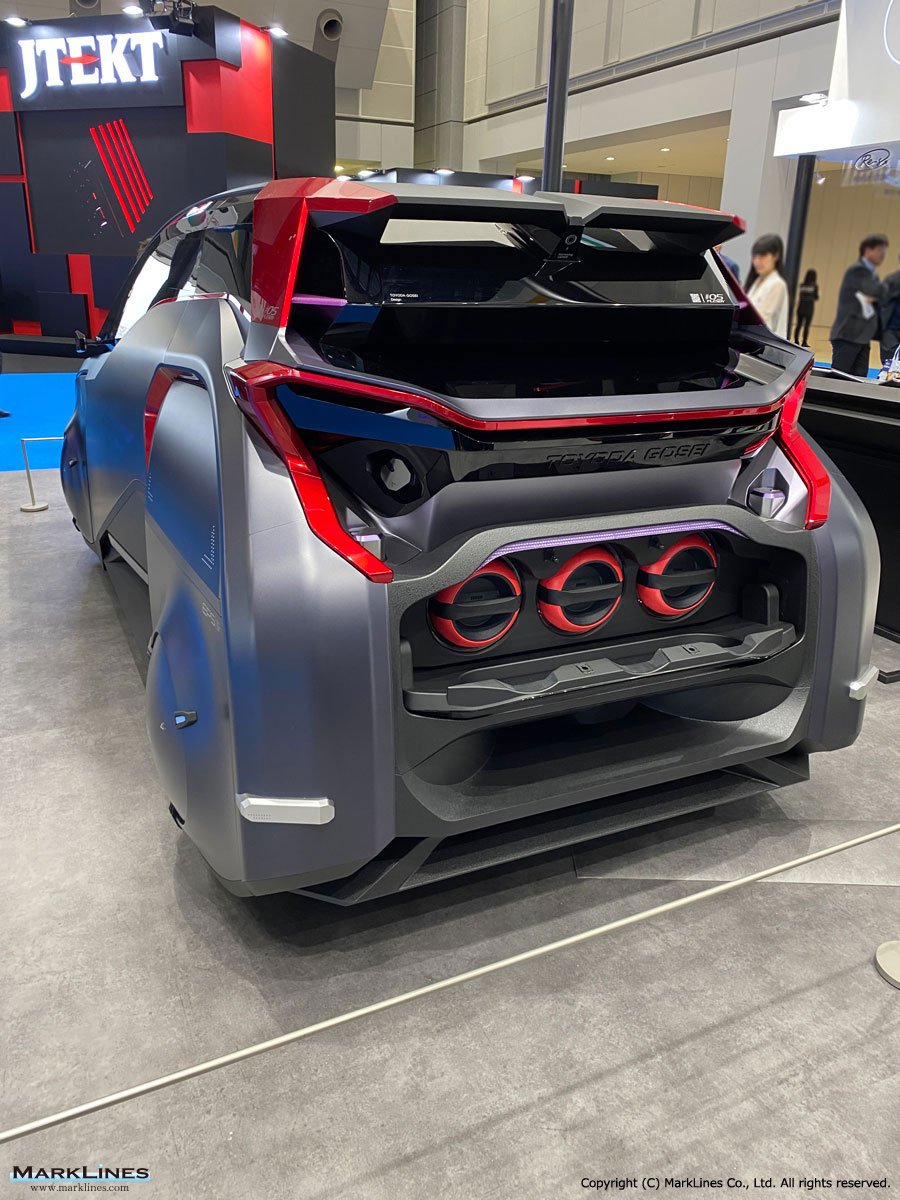
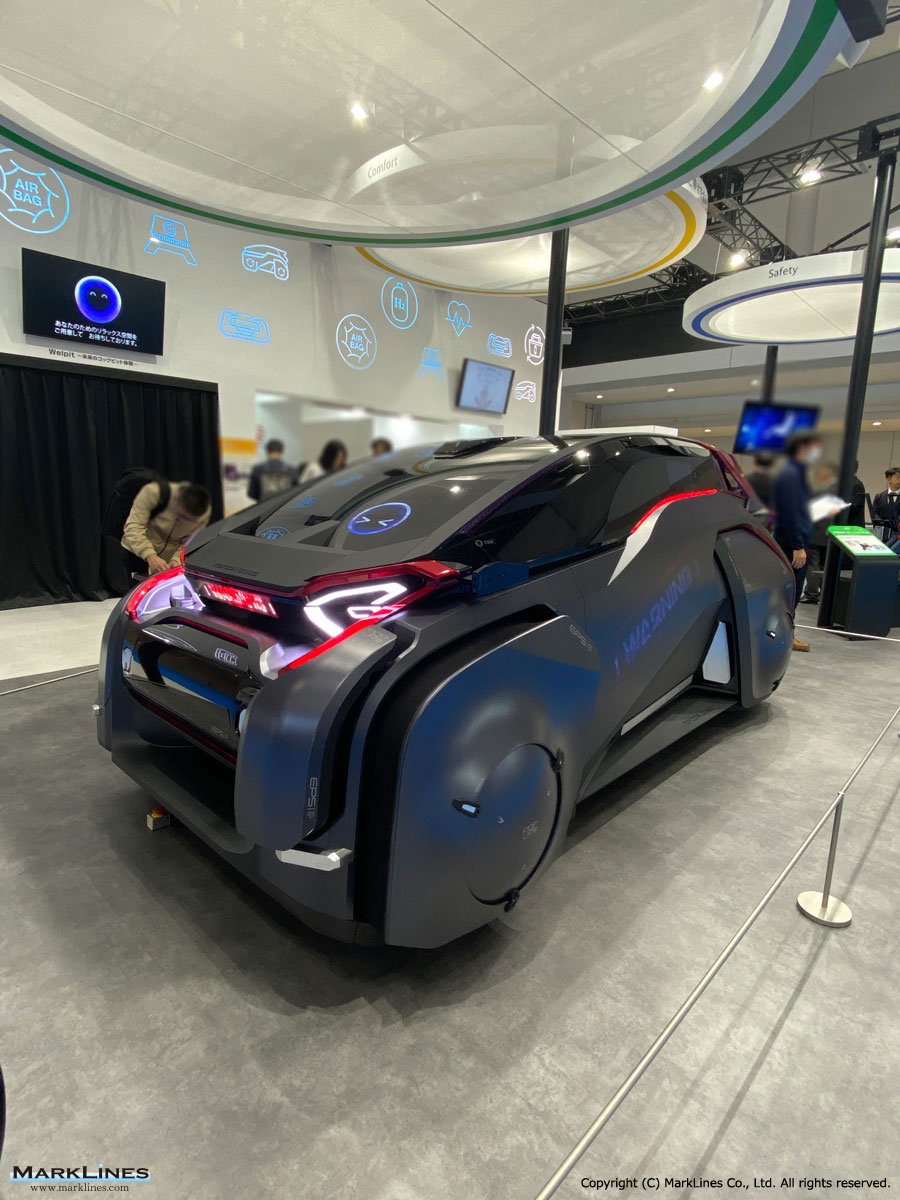


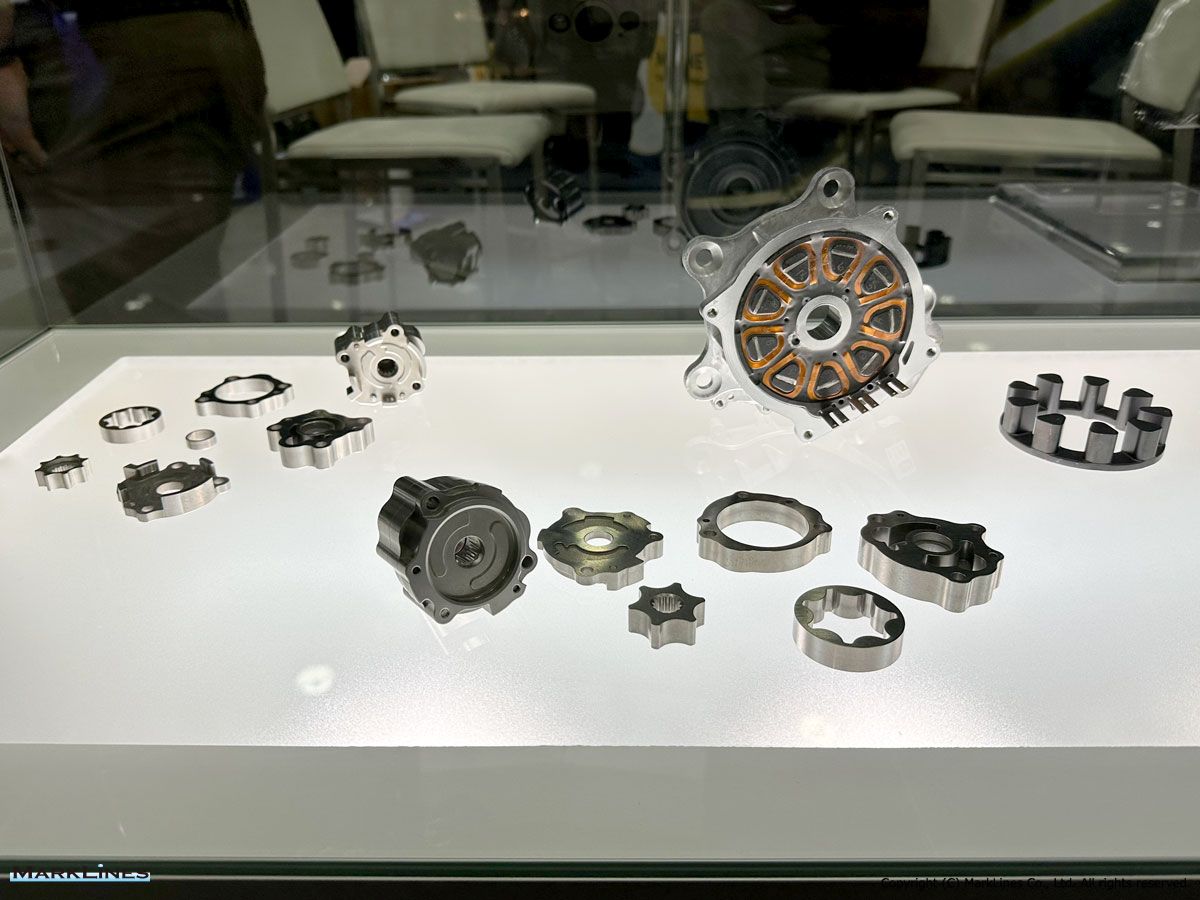
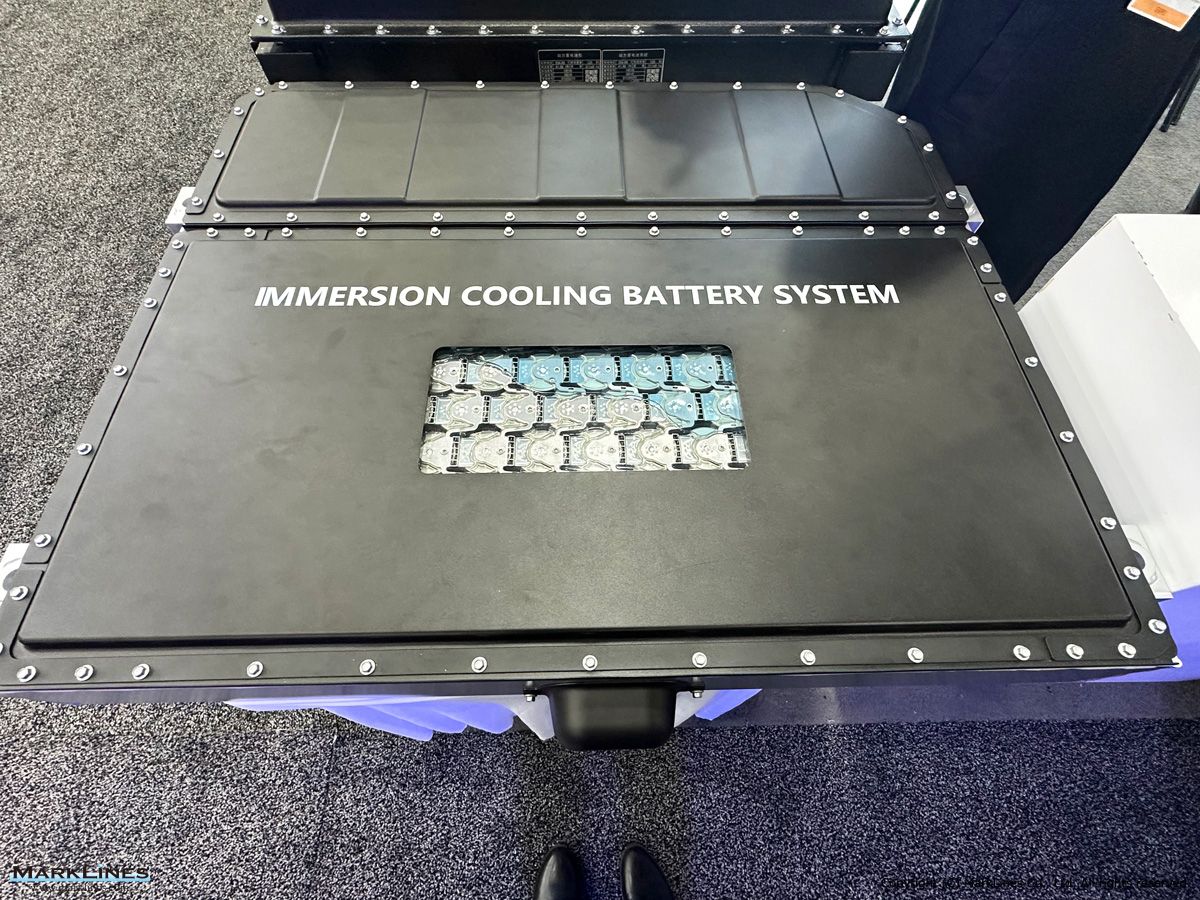
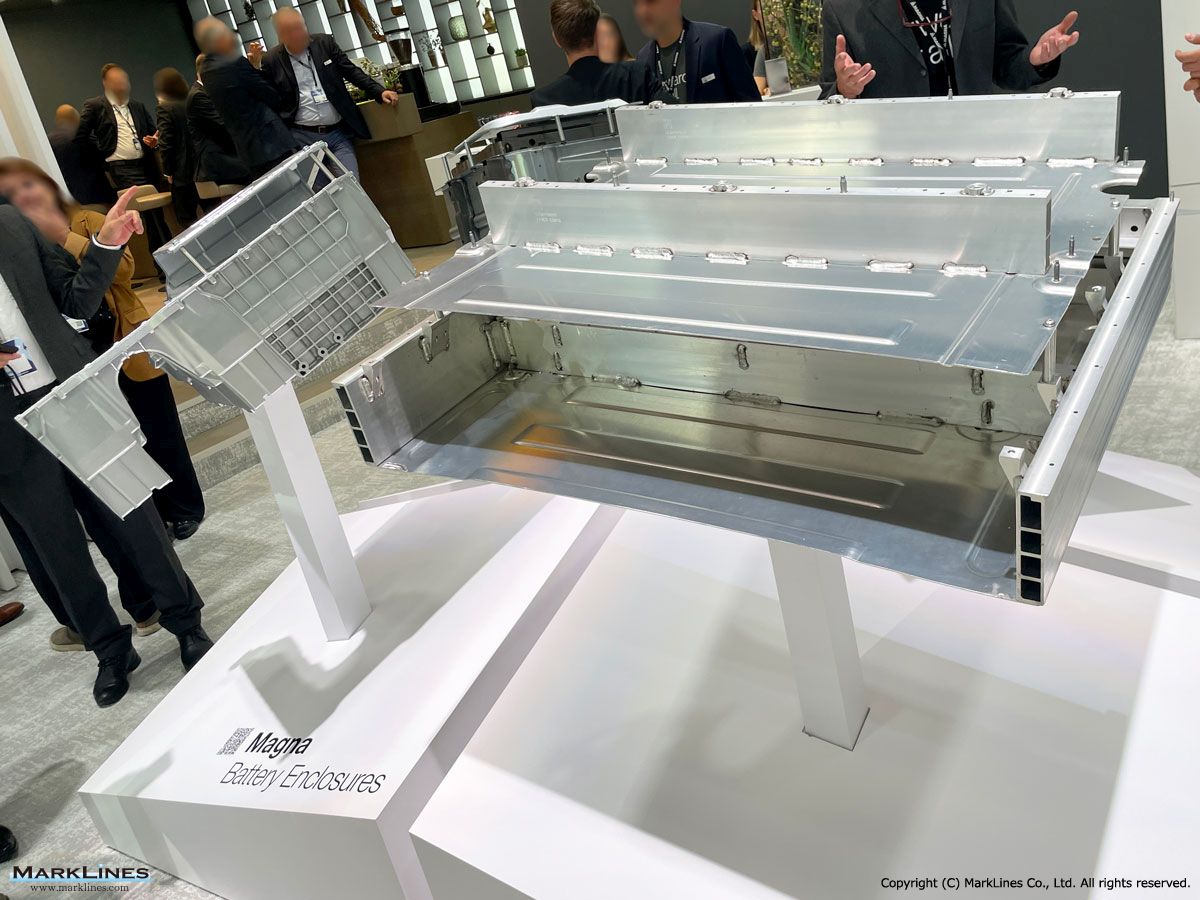
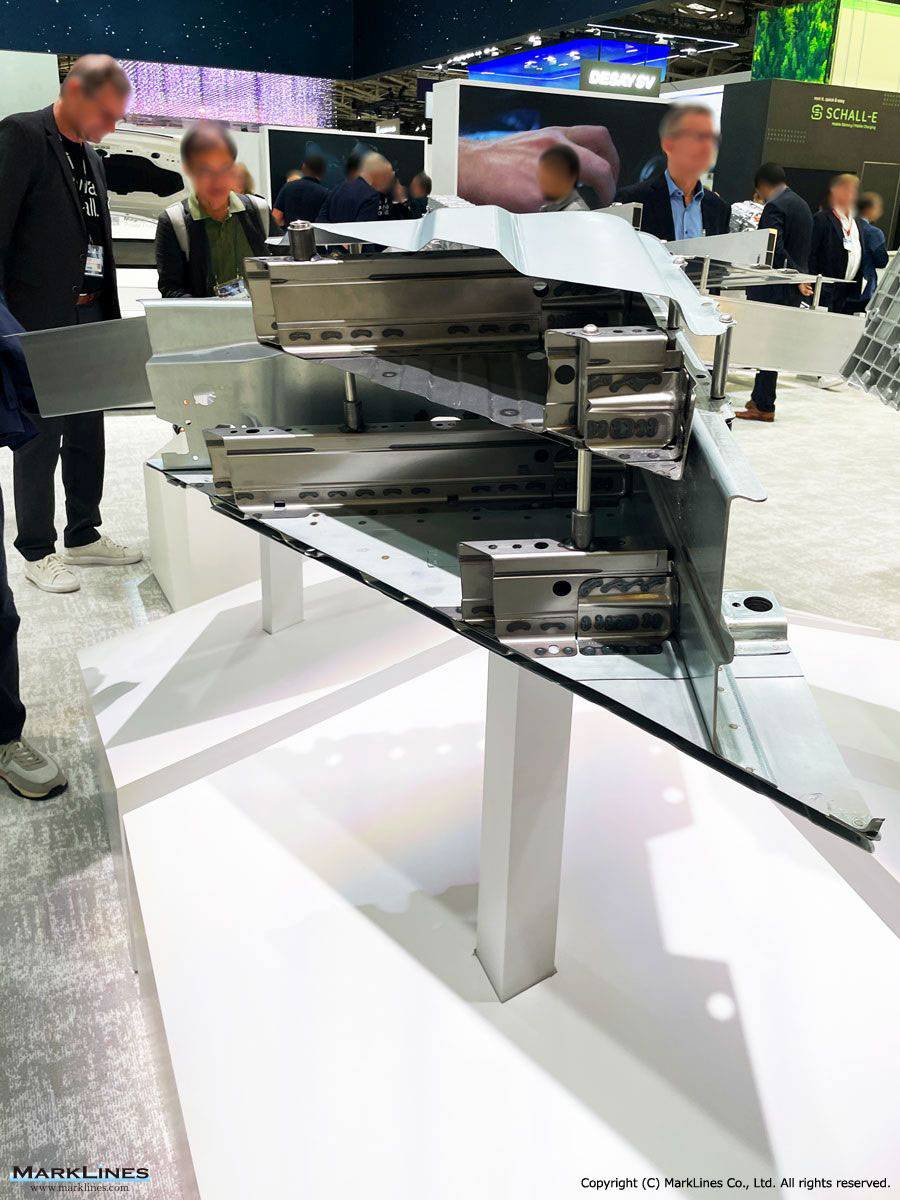
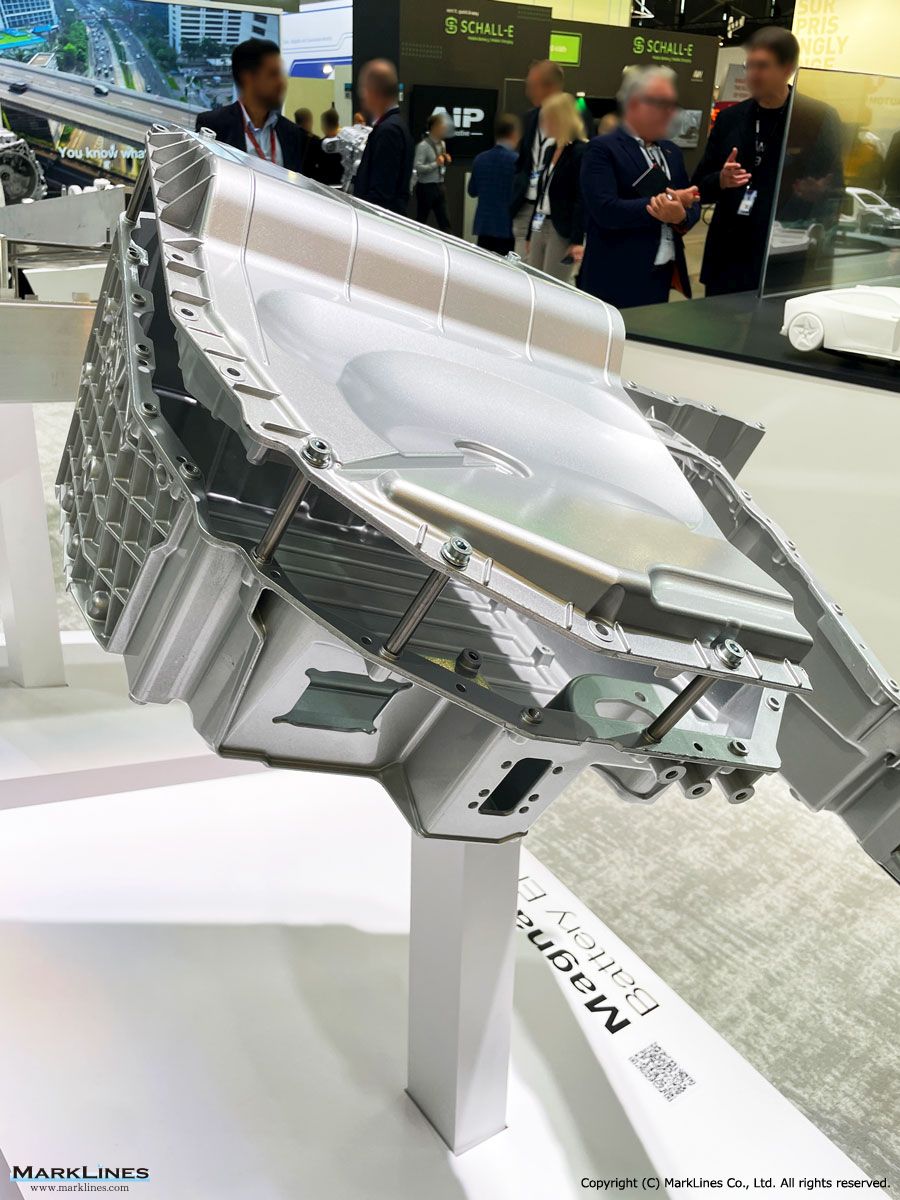
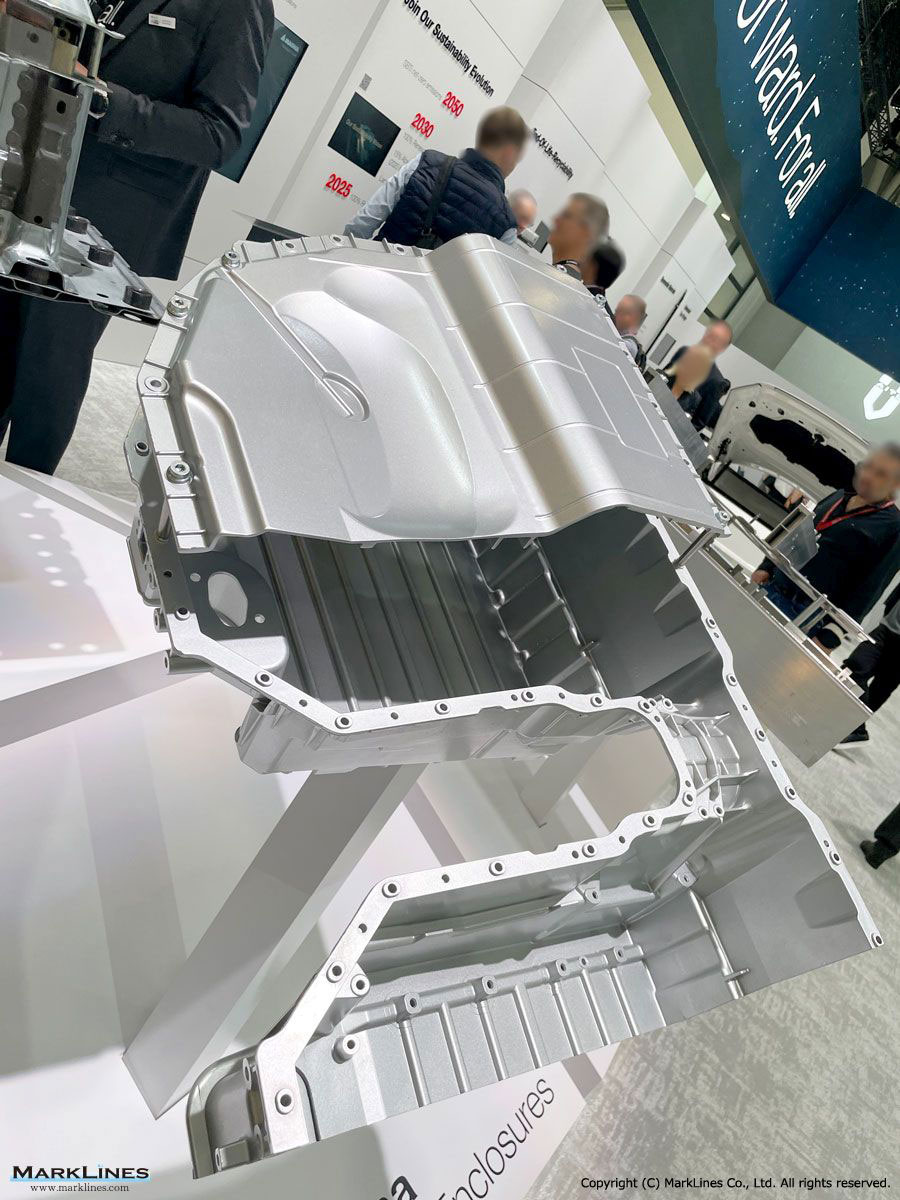



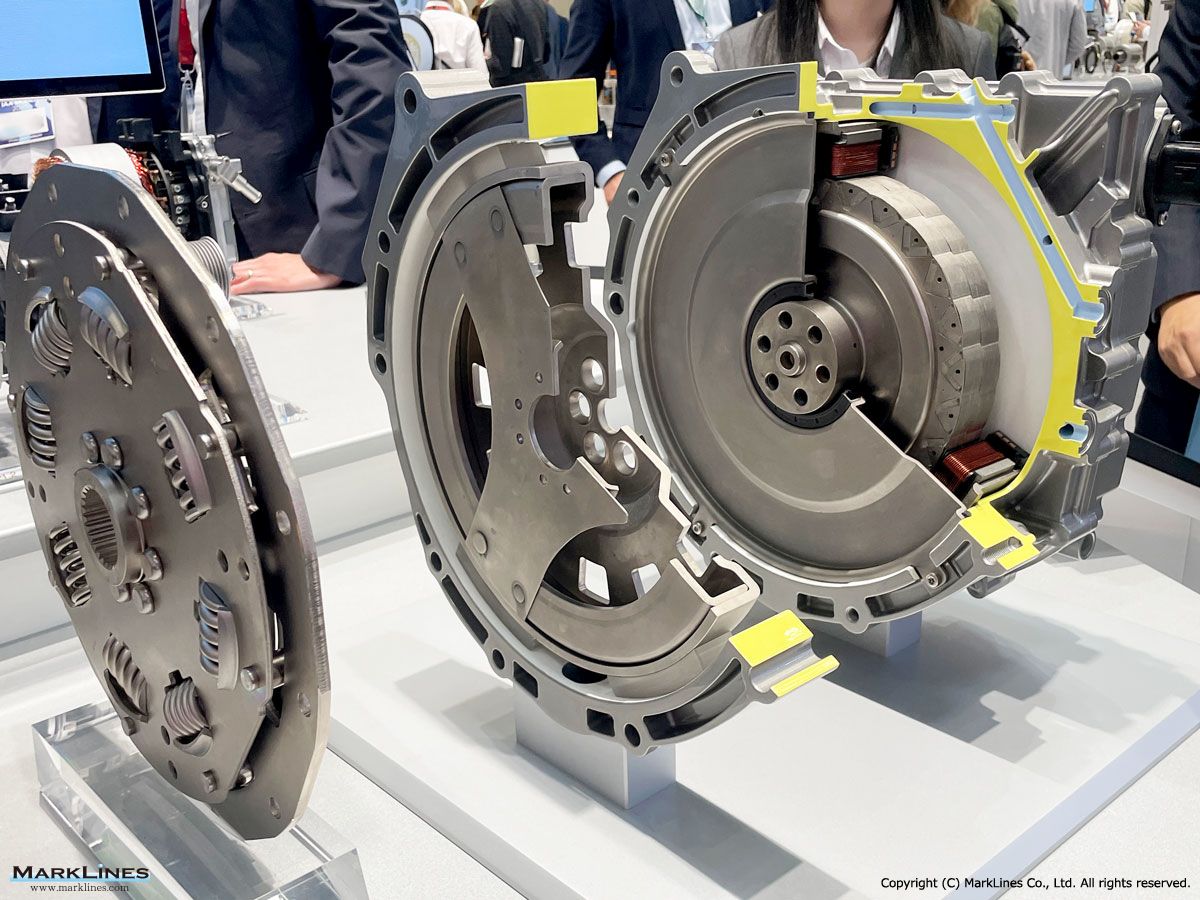
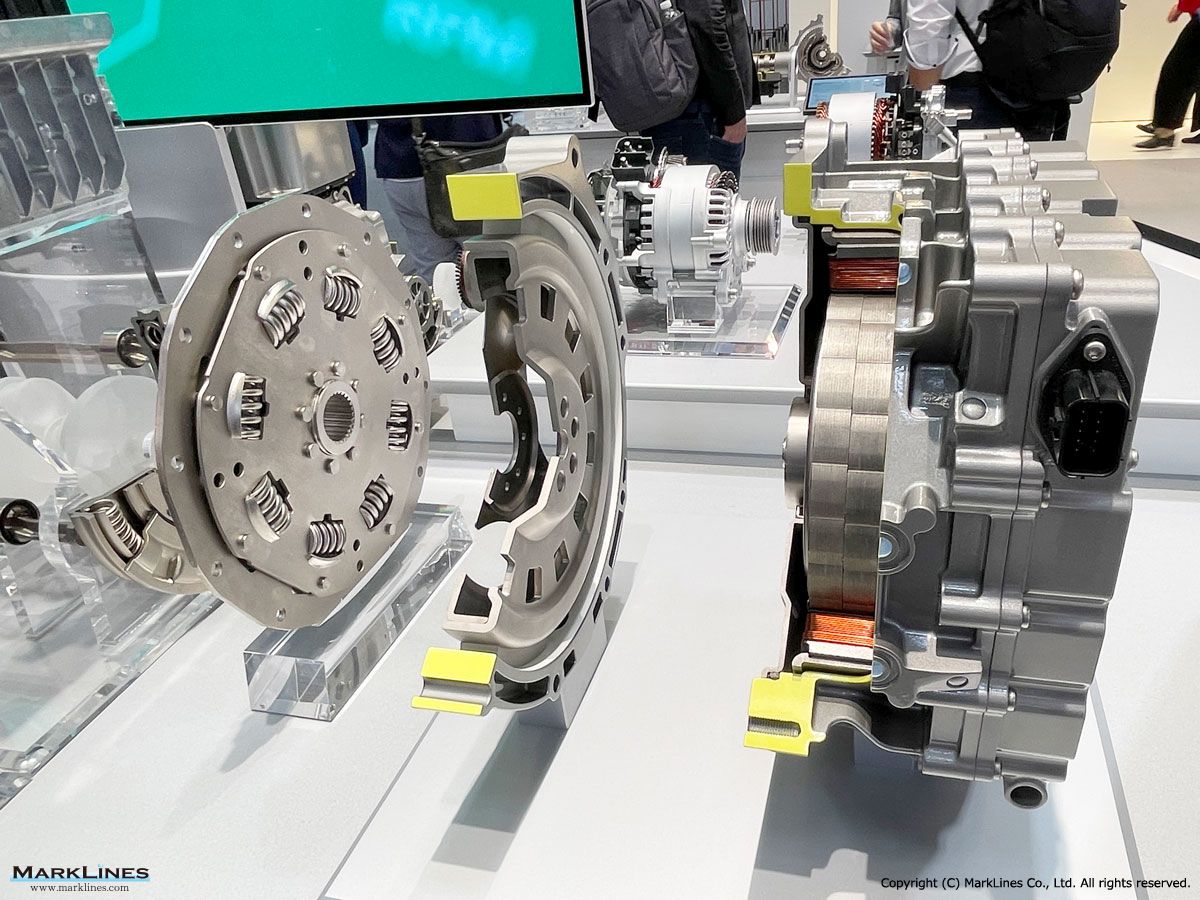
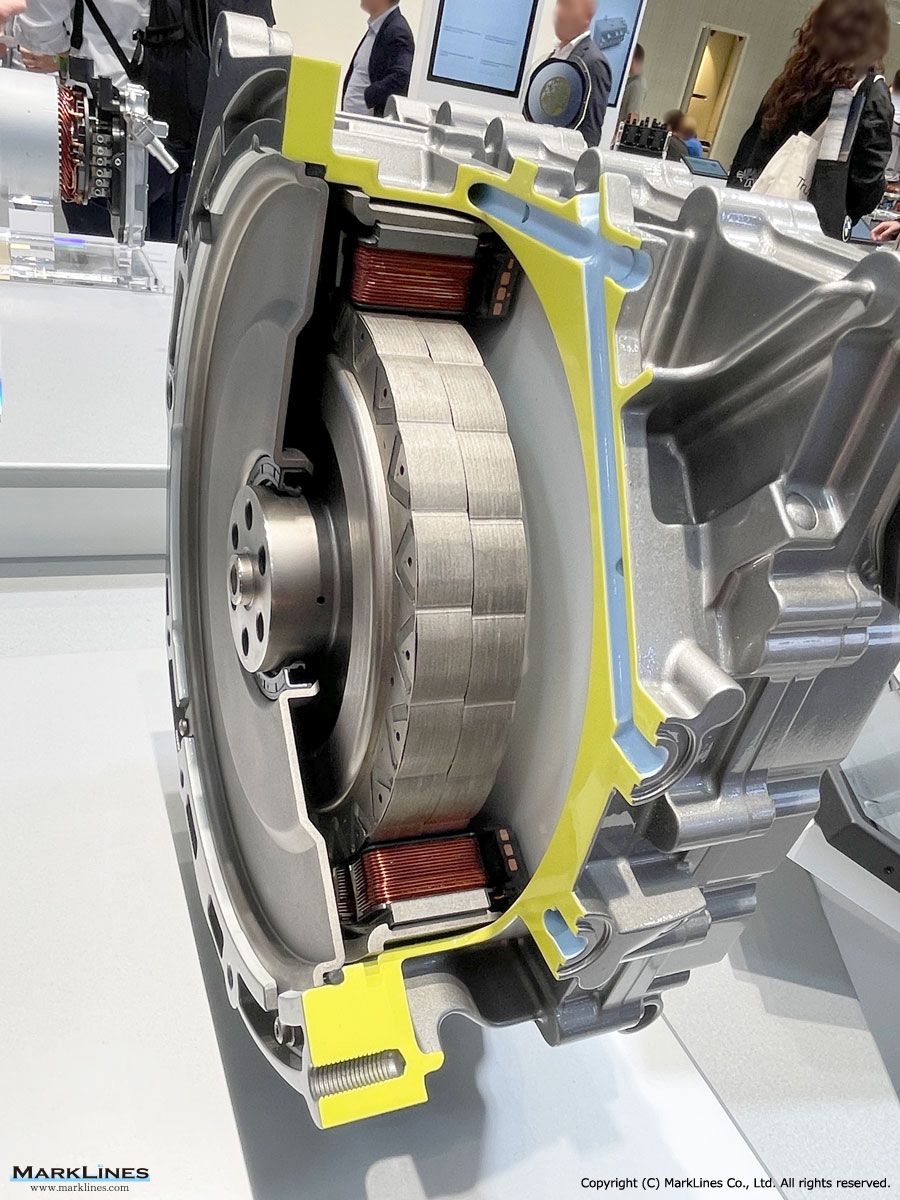
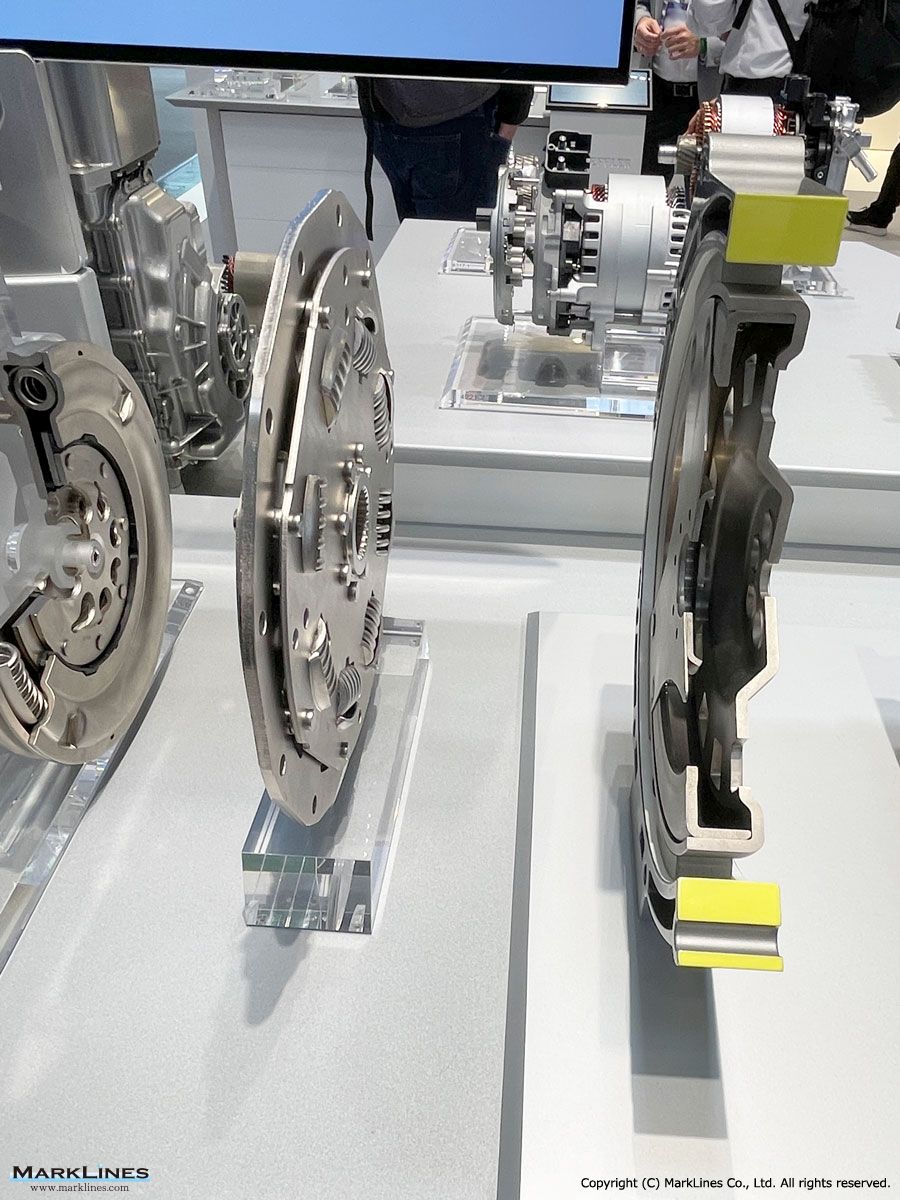
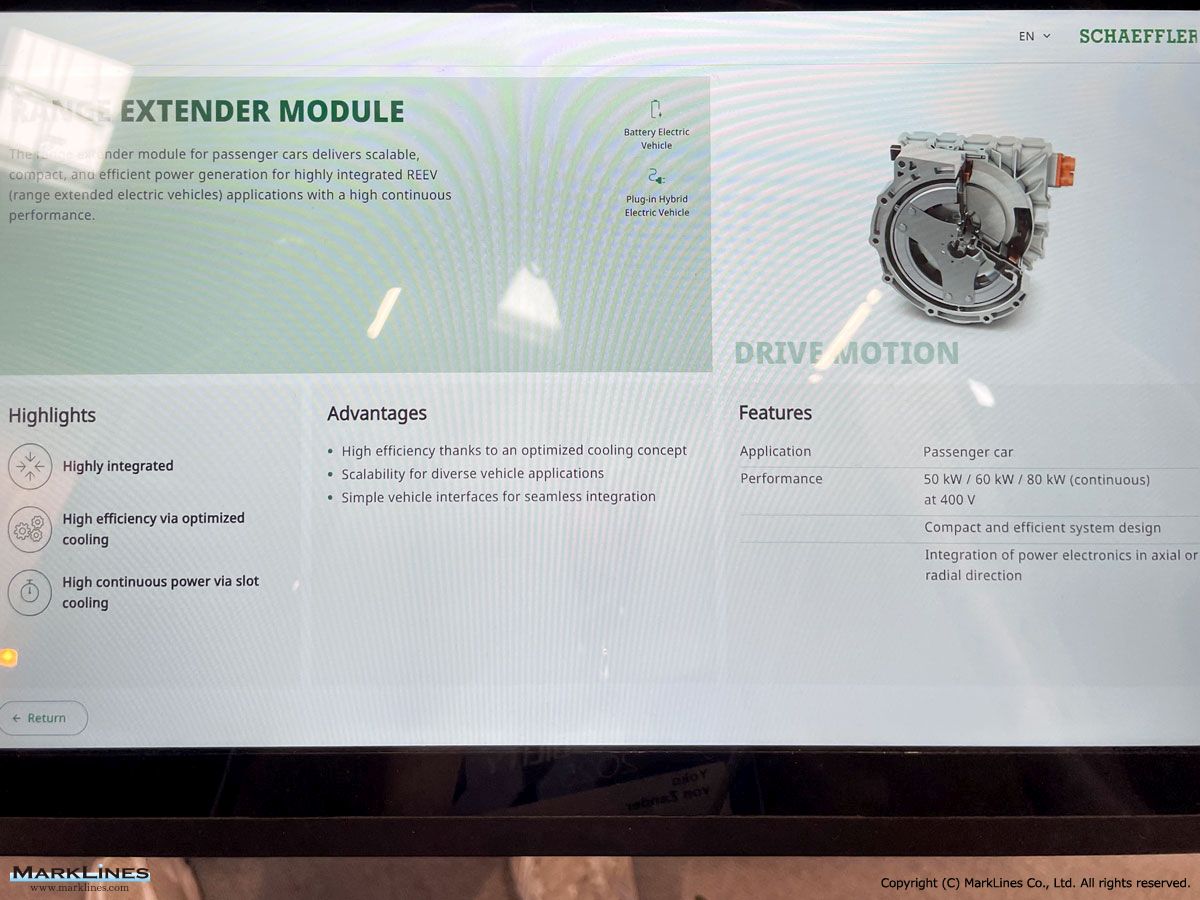
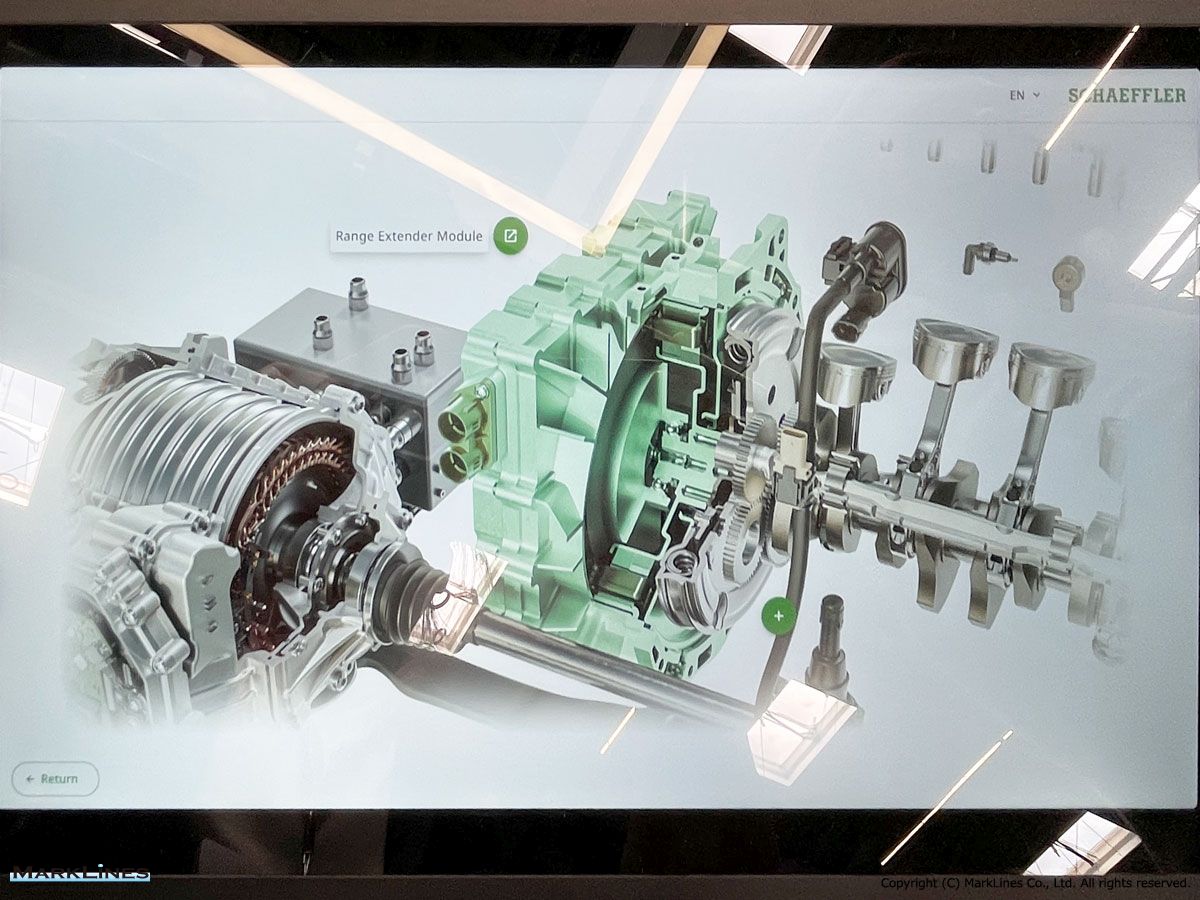



 Japan
Japan USA
USA Mexico
Mexico Germany
Germany China (Shanghai)
China (Shanghai) Thailand
Thailand India
India